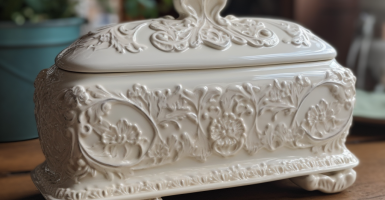QUIZ: Have You Mastered The Past Enough To Take This Elementary History Exam?
When parents help children with their homework, they’ll sometimes find that enough time has passed since they were in school that they have to teach the material to themselves first. And while this commonly happens with math and science, it can crop up with other subjects they may not have expected.
With that in mind, it’s worth considering how well you remember what you learned in history class. Could you pass an elementary school pop quiz right now? Read on to learn more.
When did Christopher Columbus first land in the New World?
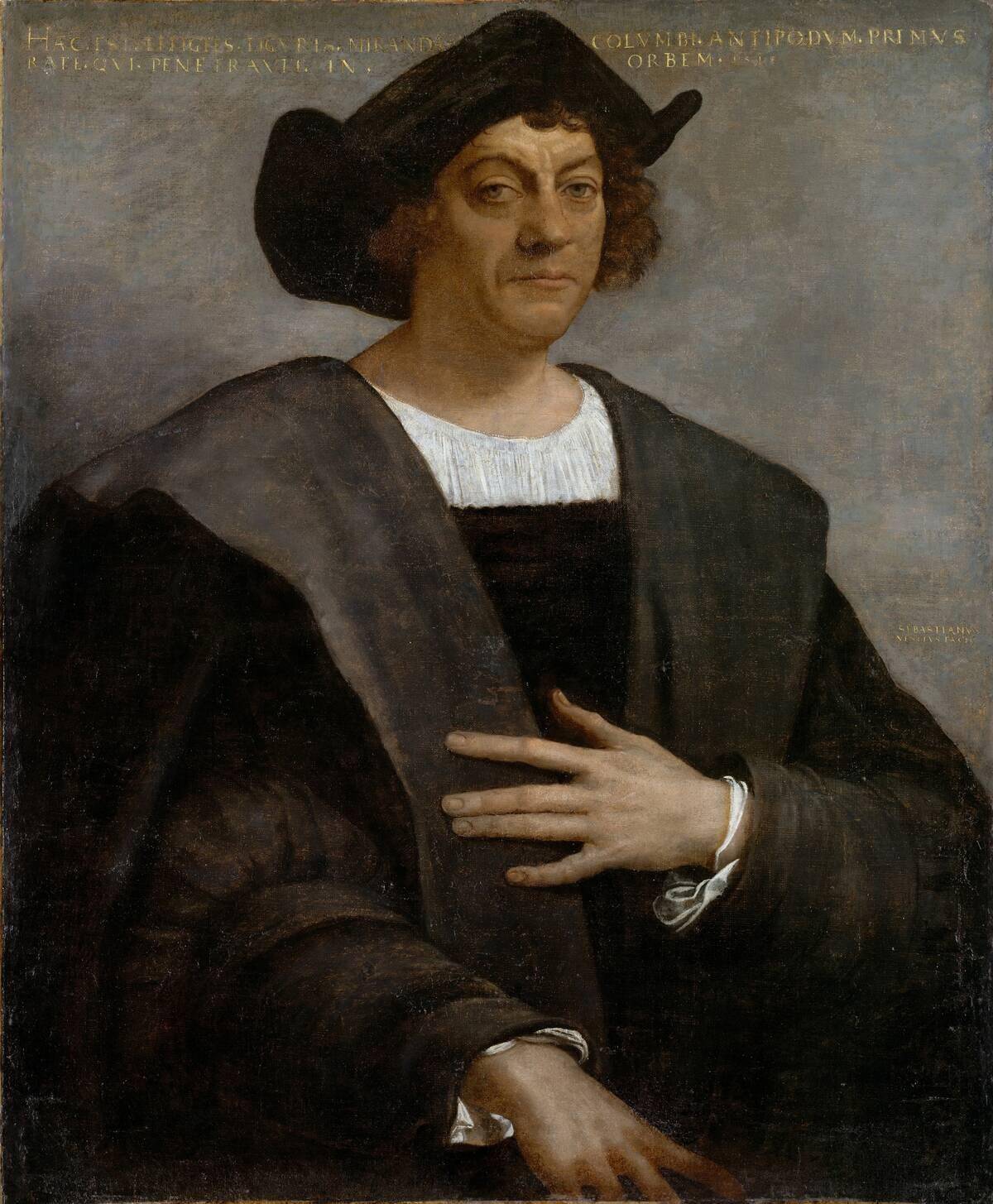
A. 1519
B. 1487
C. 1492
D. 1499
Answer: 1492
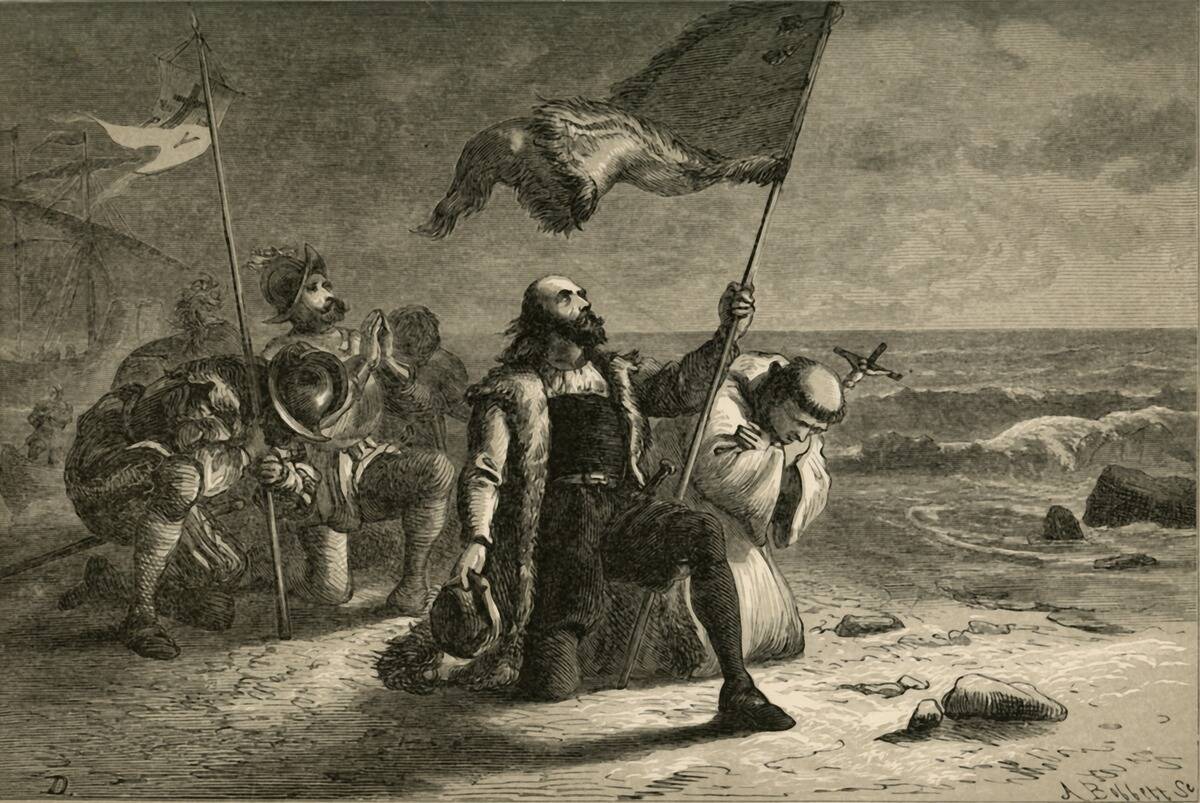
Although CNN noted that Leif Eriksson and his Viking brethren beat Columbus to the New World by about five centuries, his first contact with the Americas in 1492 would nonetheless prove significant to the centuries of Colonialism that followed.
Who is this?
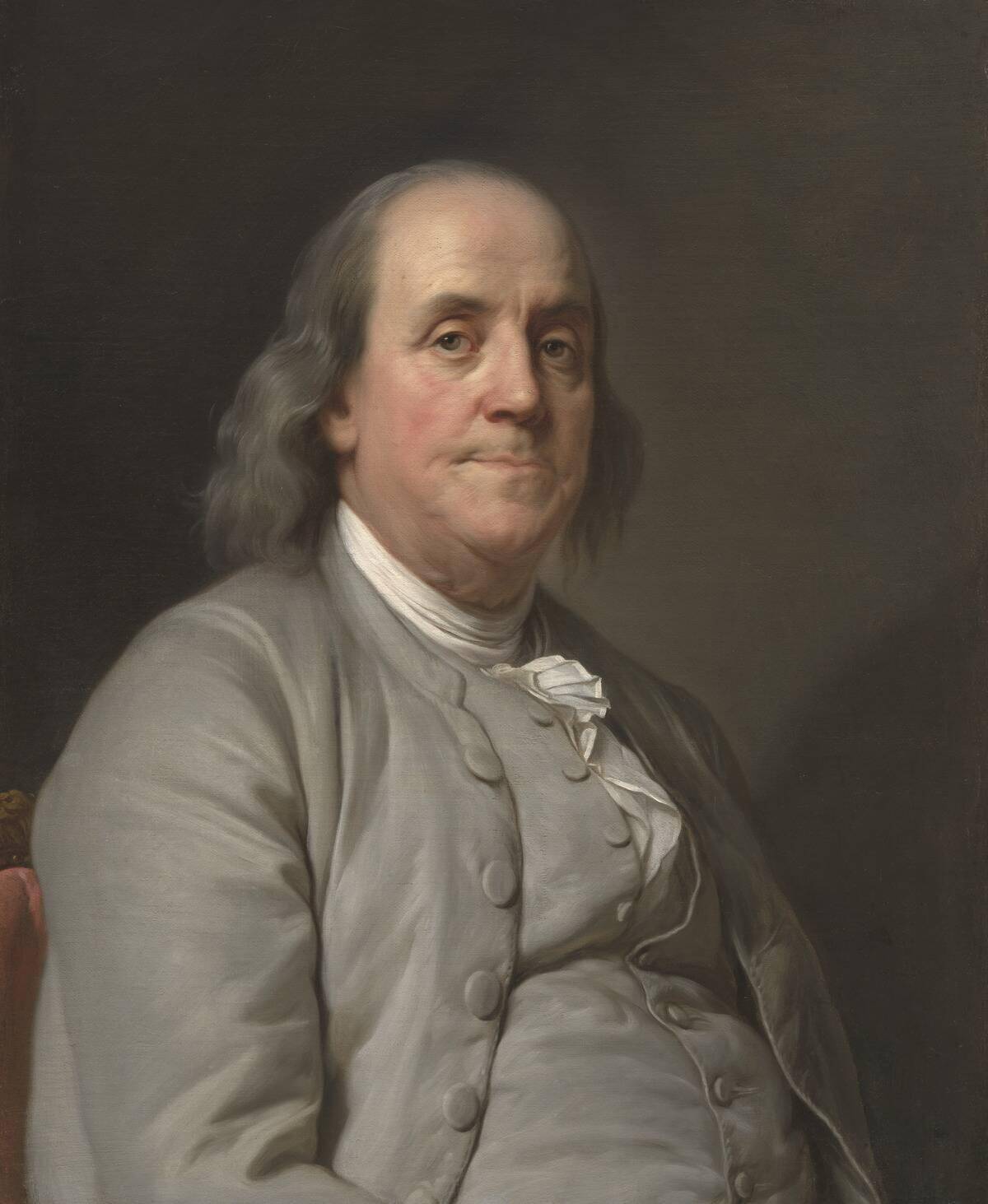
A. Thomas Paine
B. Benjamin Franklin
C. John Hancock
D. James Madison
Answer: Benjamin Franklin
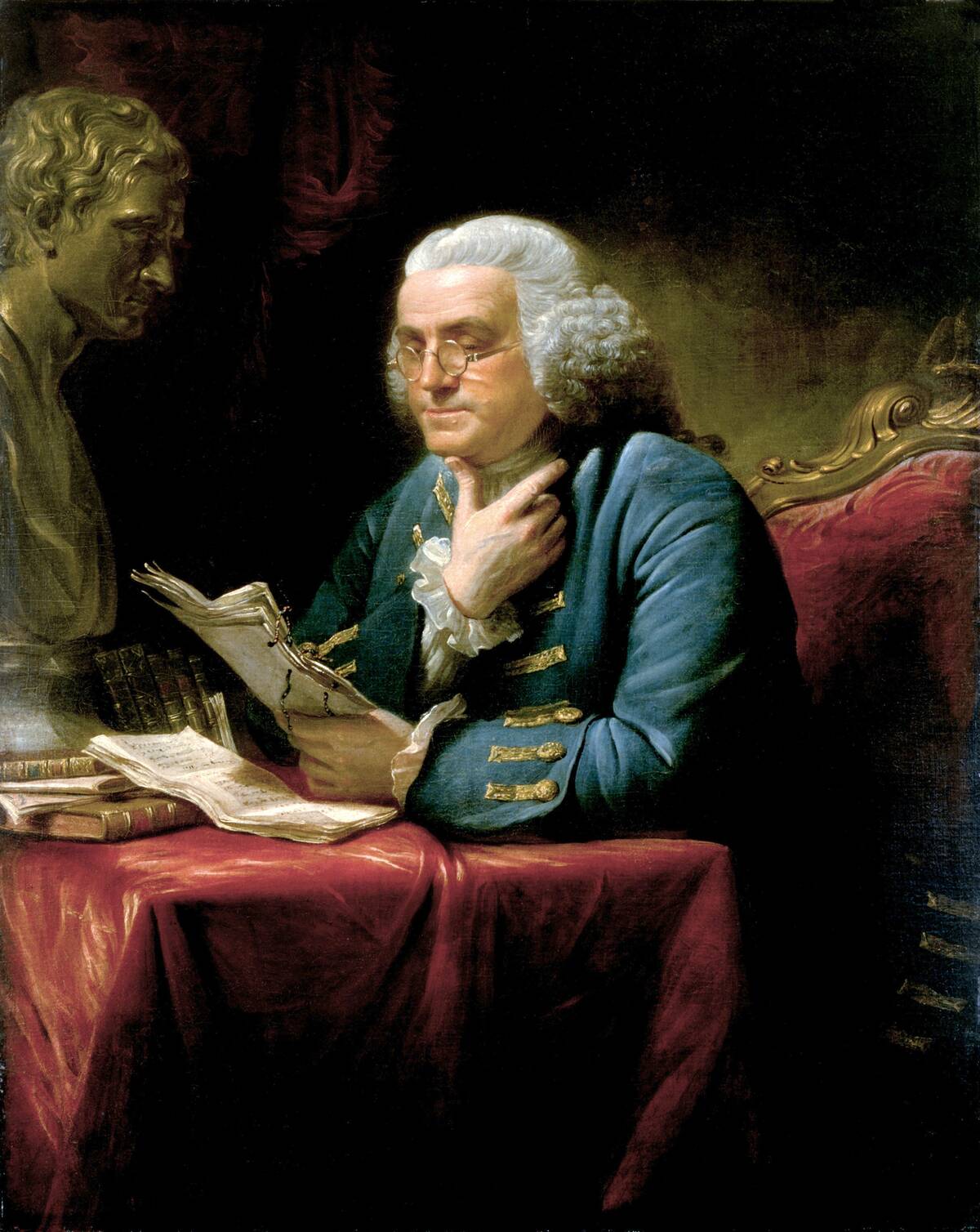
Although Benjamin Franklin never served as President of the United States, his significance as a Founding Father rivals those who did. In addition to his inventions and efforts to reform institutions in the city of Philadelphia, The History Channel credited him for brokering a crucial alliance with France that helped make the Revolutionary War winnable.
What event led to the beginning of World War I?
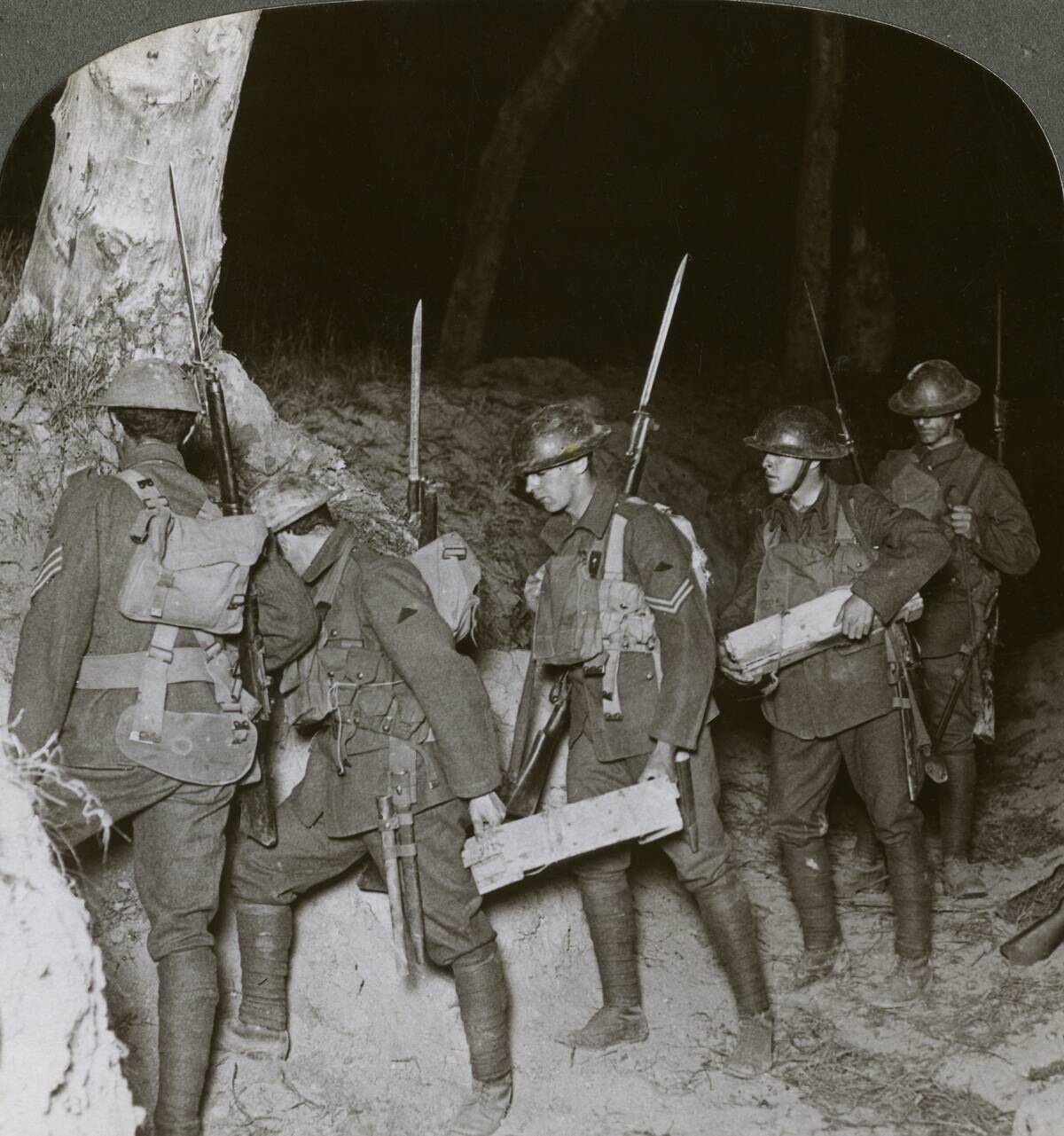
A. The sinking of the Lusitania
B. Germany’s conquest of Alsace and Lorraine
C. The Russian Revolution
D. The assassination of Archduke Franz Ferdinand
Answer: The assassination of Archduke Franz Ferdinand
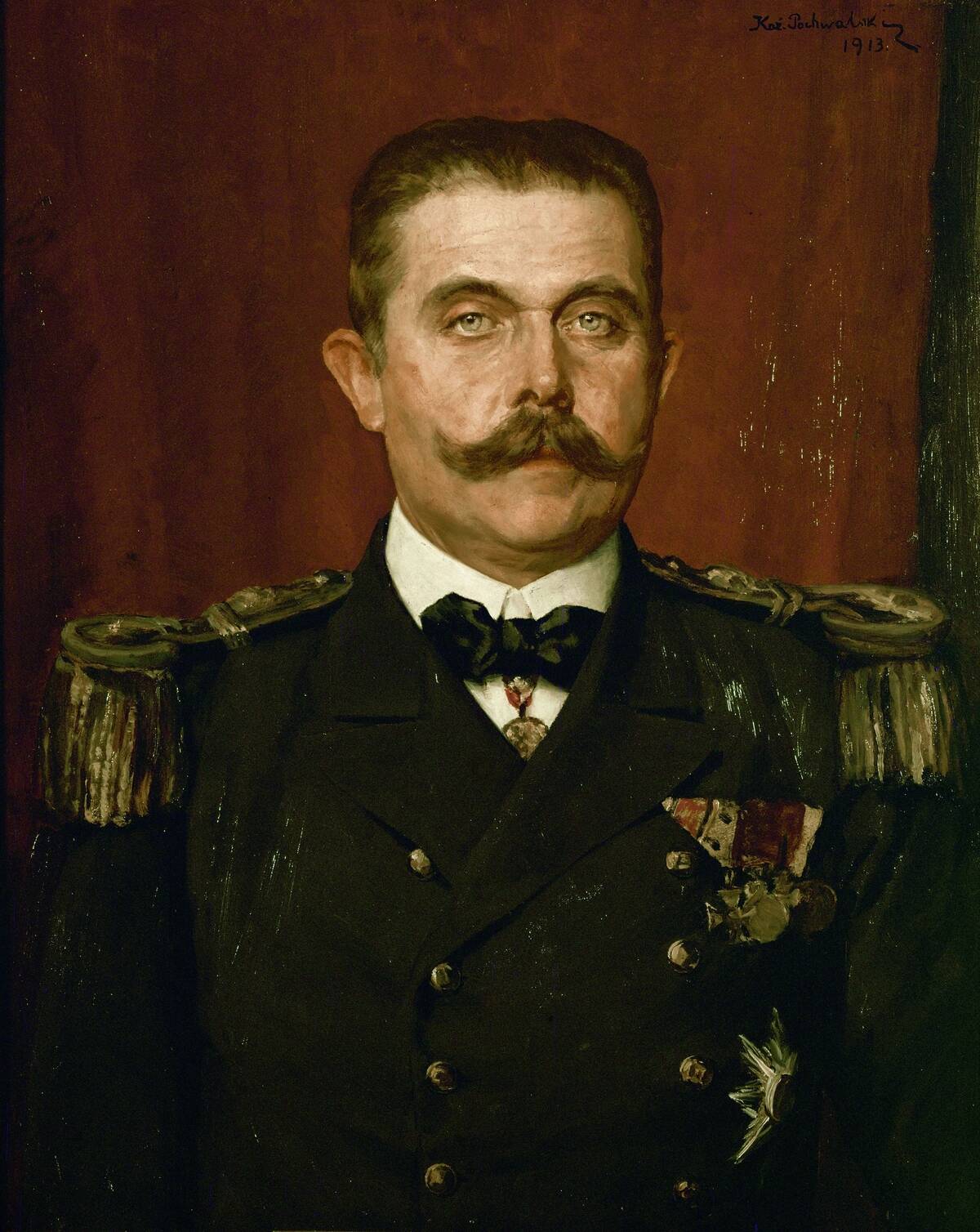
According to the Library of Congress, a complicated web of international alliances led the assassination of the Austrian Archduke Franz Ferdinand in Sarajevo to snowball into a conflict that would affect the whole world. Austria declared war on Serbia, which was allied with Russia. Austria and Russia called on the support of their respective allies, and before the world knew it, Europe’s biggest powers at the time were locked in combat.
What are the first three words of the U.S. Consitution?
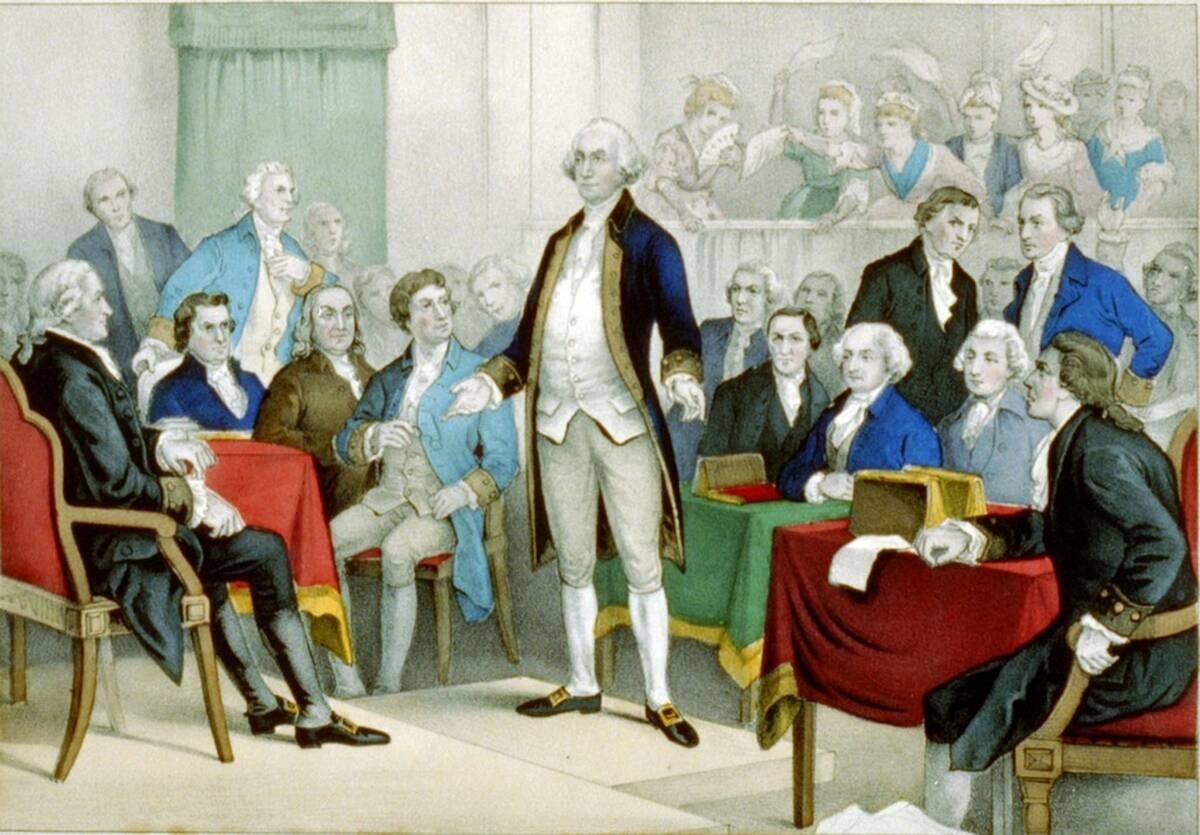
A. We Hold These
B. We The People
C. All Legislative Powers
D. When In The
Answer: We The People
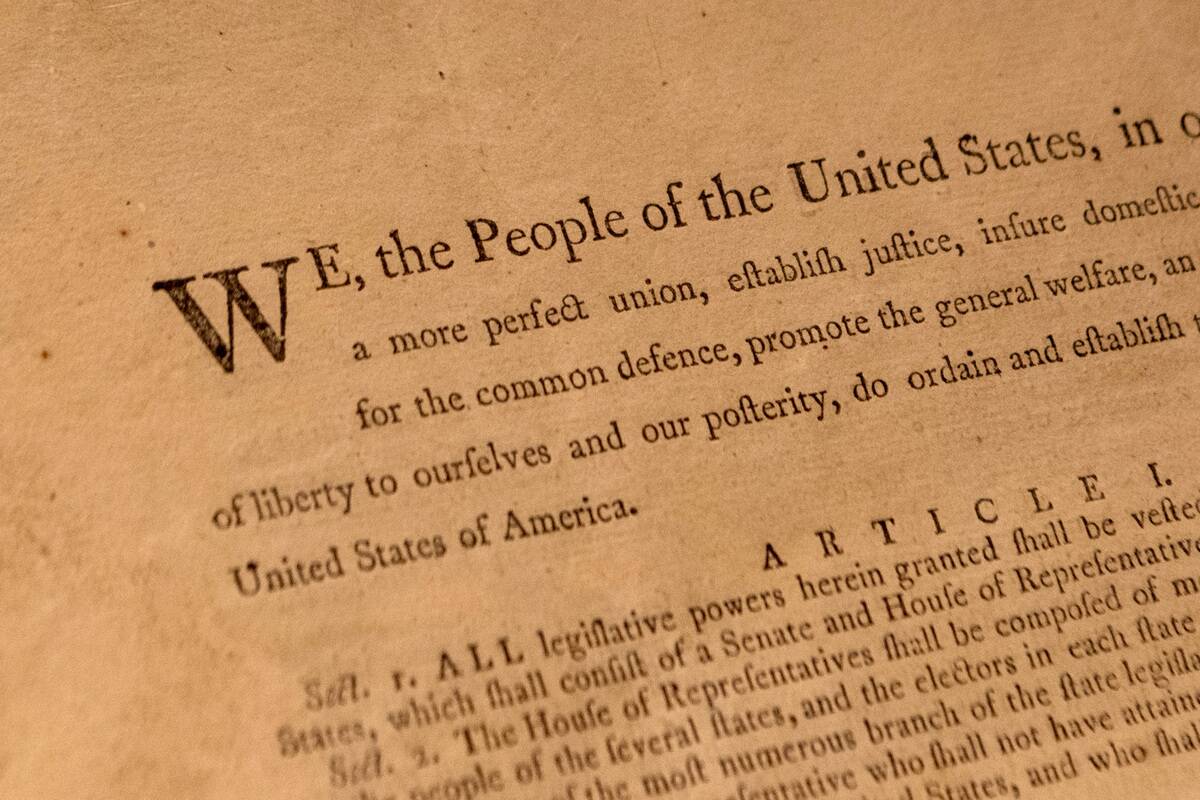
Considering that the most fundamental reason why American colonists revolted against the British crown in the first place was the issue of taxation without representation, it was only right that the U.S. Constitution would begin with “we the people.” After all, its codes form the basis for a government intended to be by, of, and for the American people.
Who built the pyramids?

A. Israelites
B. Egyptians
C. Aliens
D. Mesopotamians
Answer: Egyptians
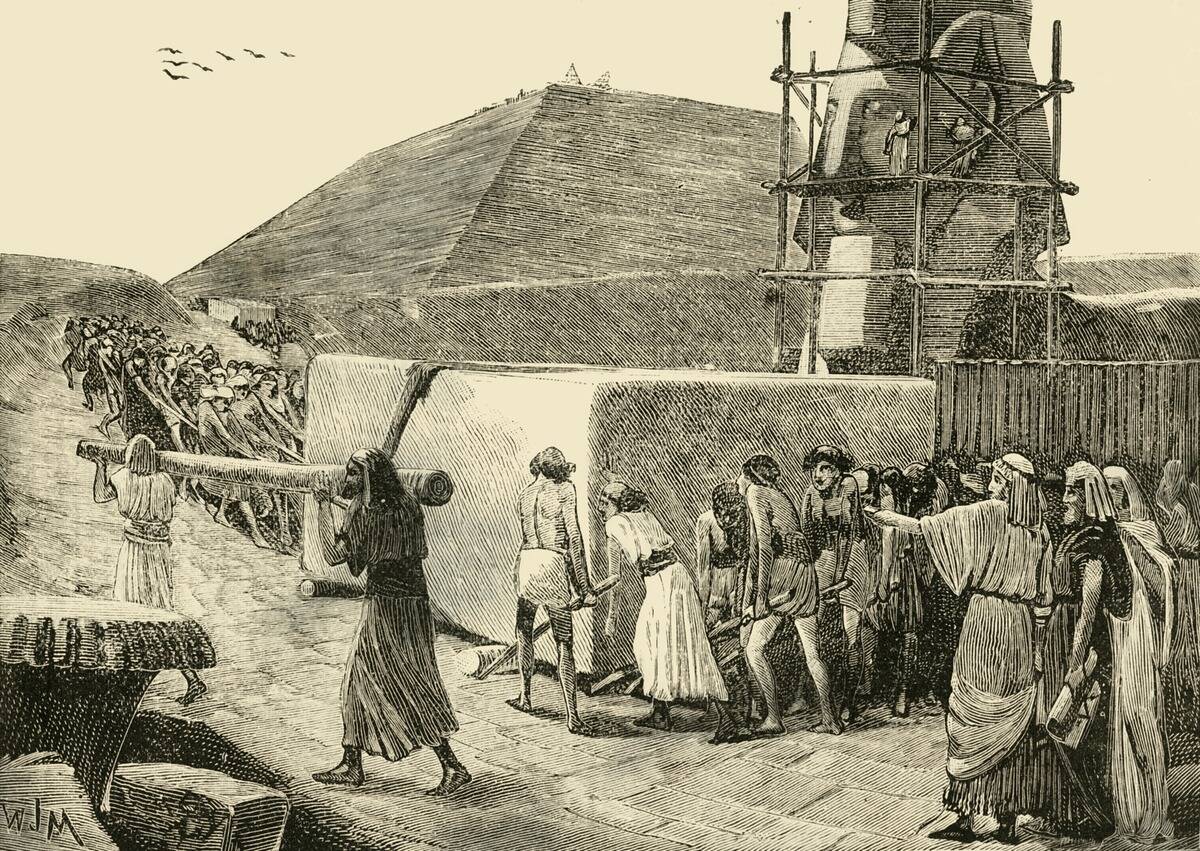
As Zahi Hawass — the director general of Giza — told PBS, archaeological evidence at the site of Egypt’s many great pyramids indicates that its builders were Egyptian. And while a tour of Mexico’s historical sites makes clear that the Egyptians weren’t the only ancient civilization to build pyramids, theirs are nonetheless the most famous structures.
What was Martin Luther King Jr.’s famous Washington speech?
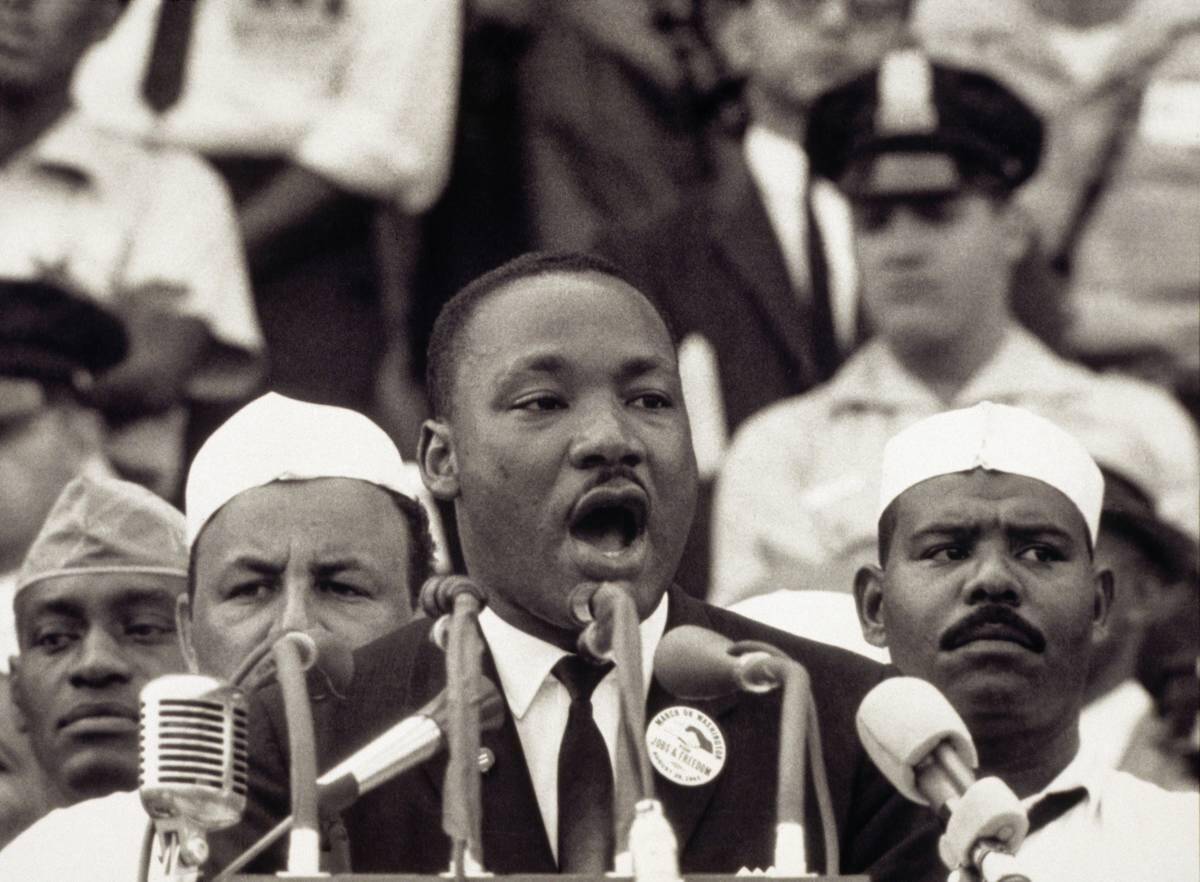
A. “I Have a Dream”
B. “By Any Means Necessary”
C. “The Ballot Or The Bullet”
D. “Letter From Birmingham Jail”
Answer: “I Have a Dream”
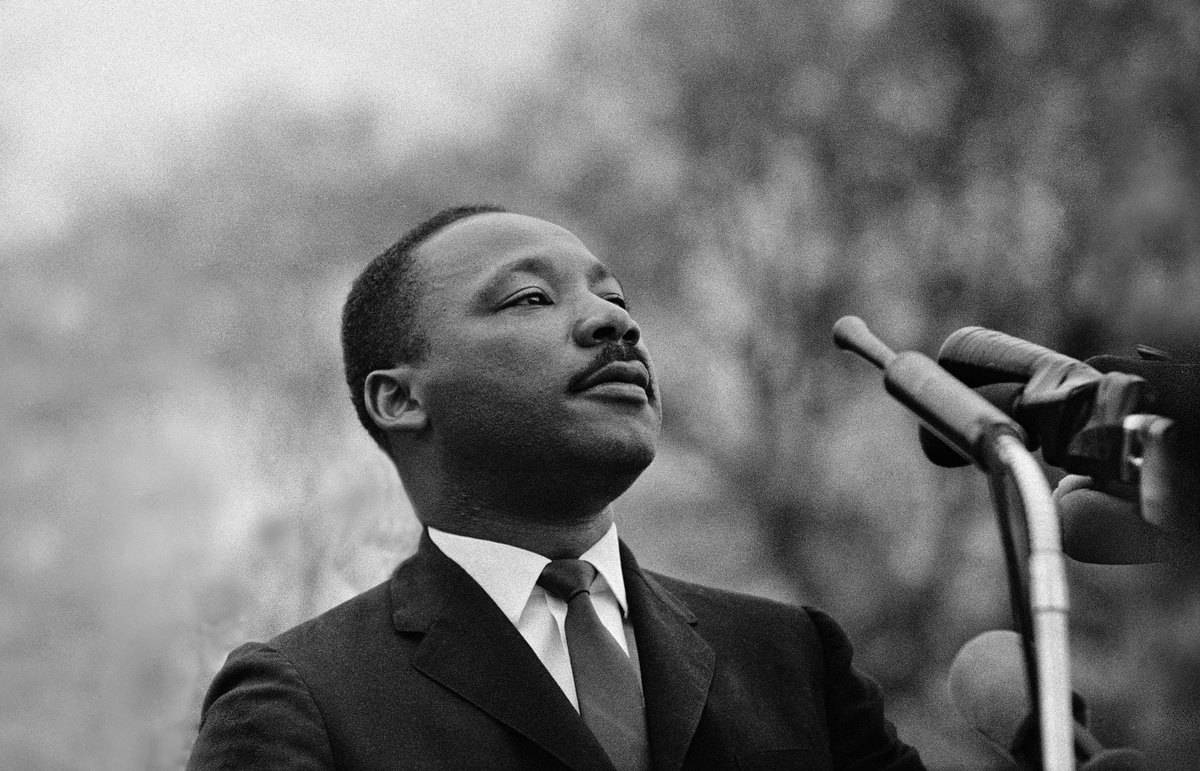
Although it marked one of the defining moments of the Civil Rights Movement, Martin Luther King Jr.’s “I Have A Dream Speech” almost didn’t take place. According to the U.S. Embassy in South Korea, he had originally intended to limit his speech to the experiences that Black Americans trying to realize their freedom had gone through. But when Mahalia Jackson called out, “Tell them about your dream, Martin!” he was compelled to continue.
What did Alexander Fleming discover?
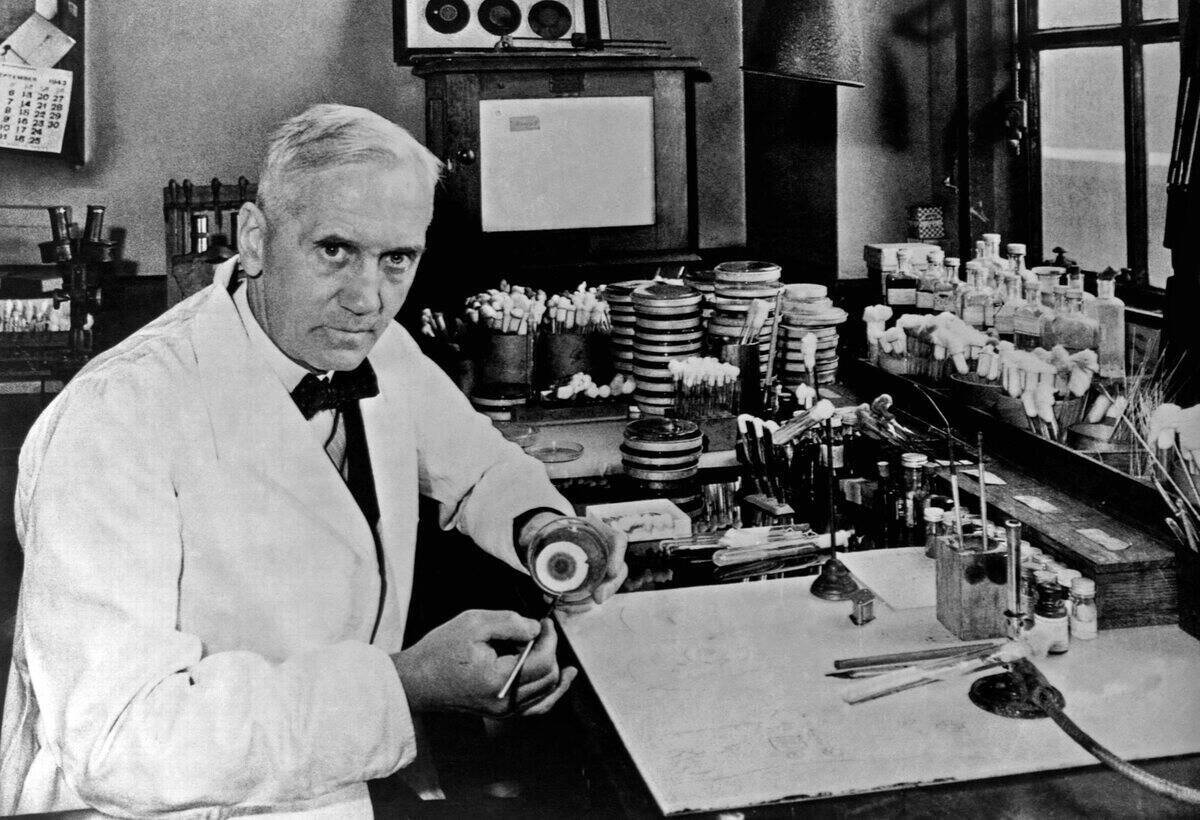
A. Valium
B. Penicillin
C. Aspirin
D. Viagra
Answer: Penicillin
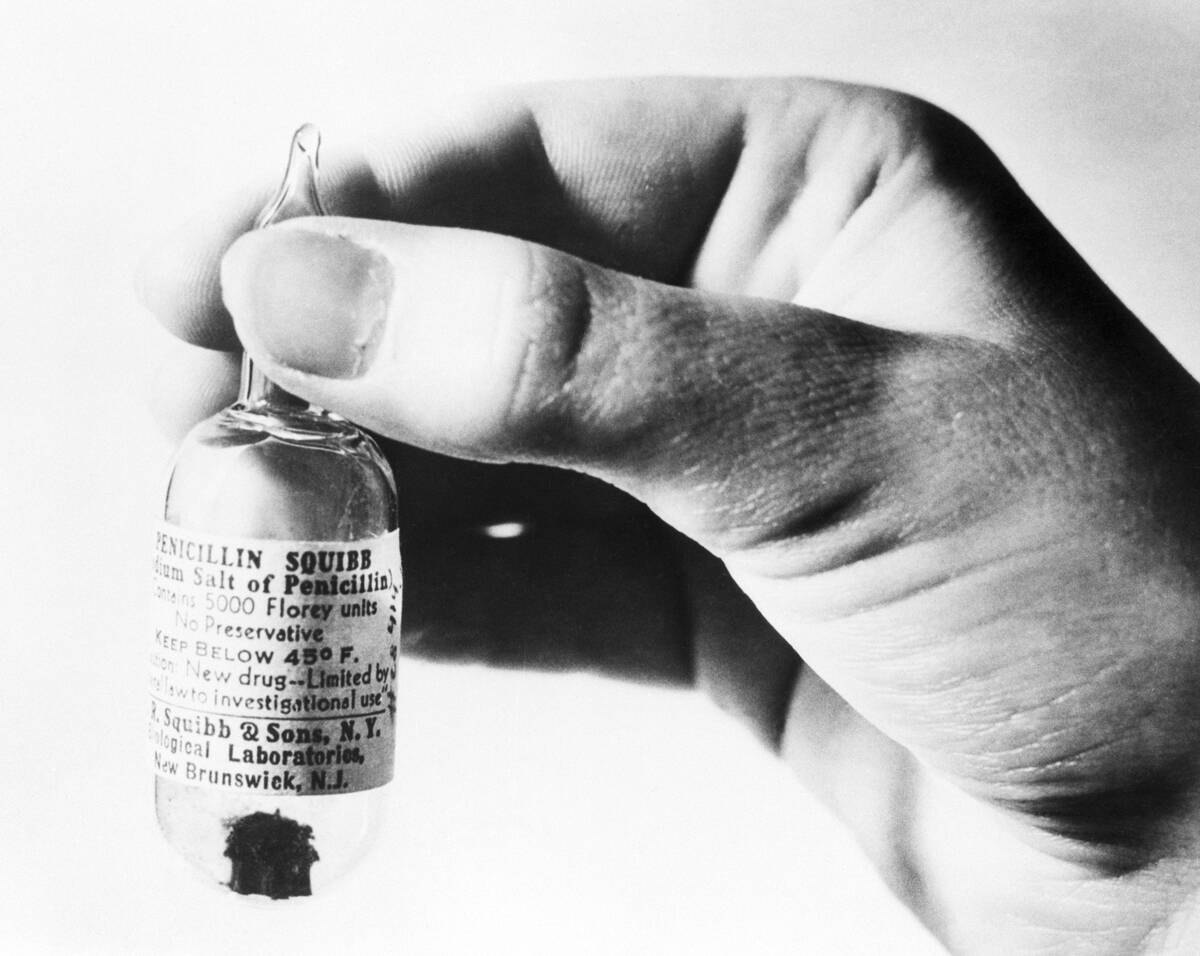
According to the
American Chemical Society
, Alexander Fleming noted that the discharge from some mold was keeping Staphylococcus bacteria from growing in a petri dish. This discovery would usher in the antibiotic age, which is considered one of the greatest advancements in therapeutic medicine in history.
What was the name of the ship the pilgrims sailed on in 1620?
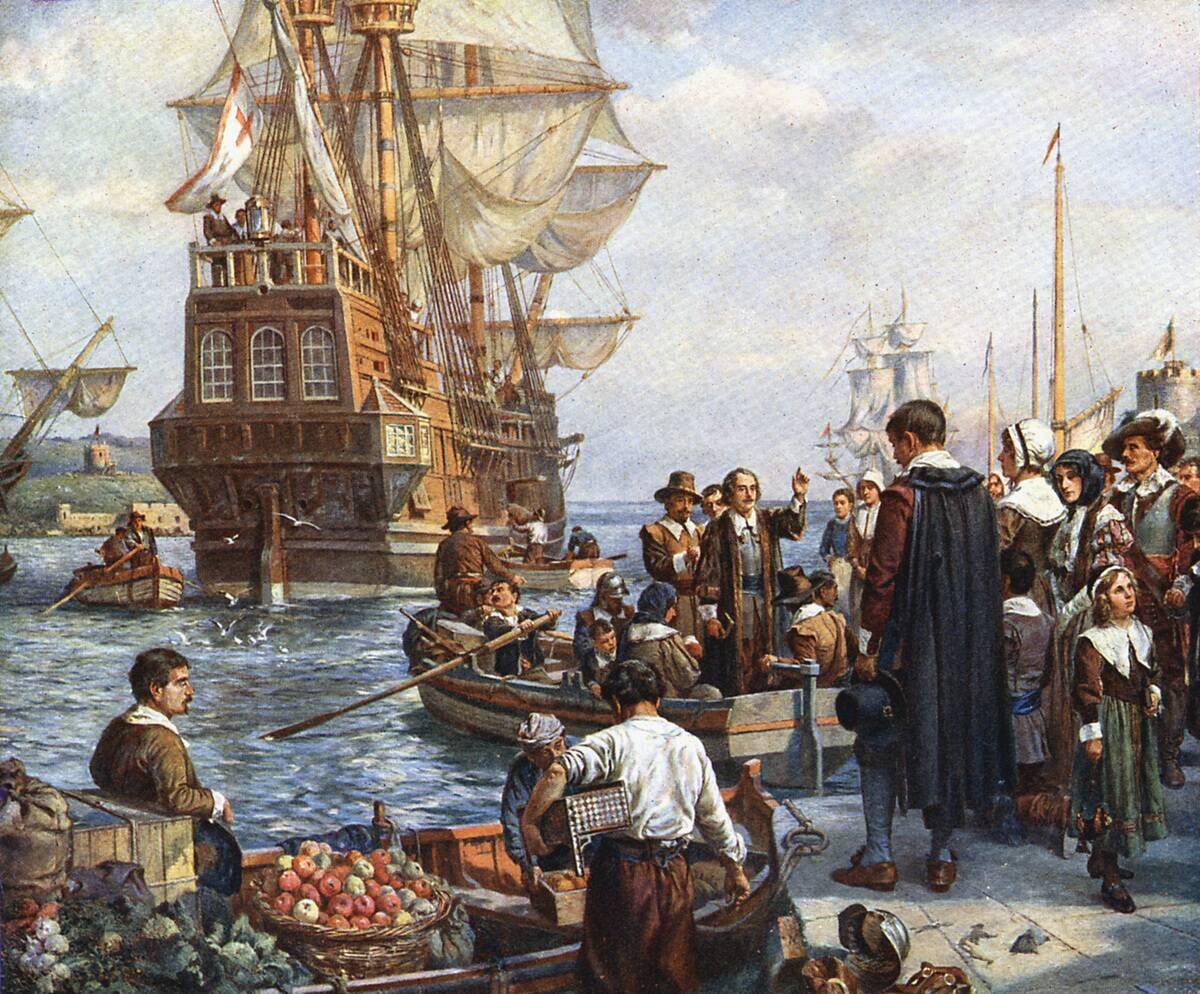
A. Santa Maria
B. Mayflower
C. Mary Rose
D. Flying Cloud
Answer: Mayflower
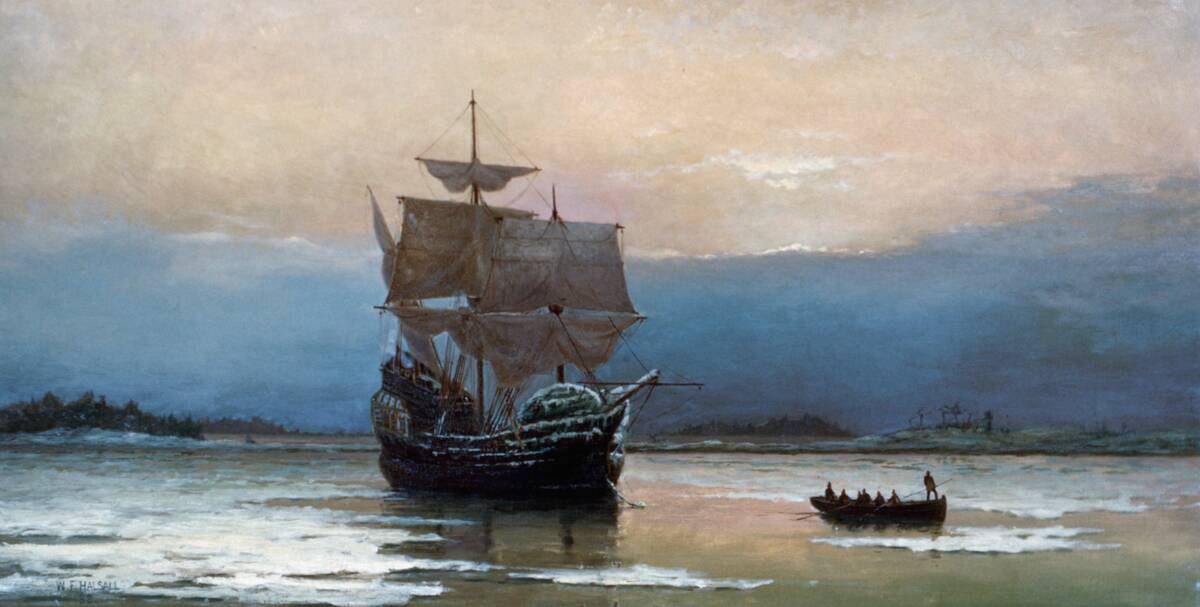
According to The History Channel, the pilgrims who eventually landed at Plymouth Rock had intended to travel via the Mayflower and another ship called the Speedwell. Since the Speedwell kept leaking, the pilgrims had to abandon it and cramp together on the Mayflower instead.
Who was this?
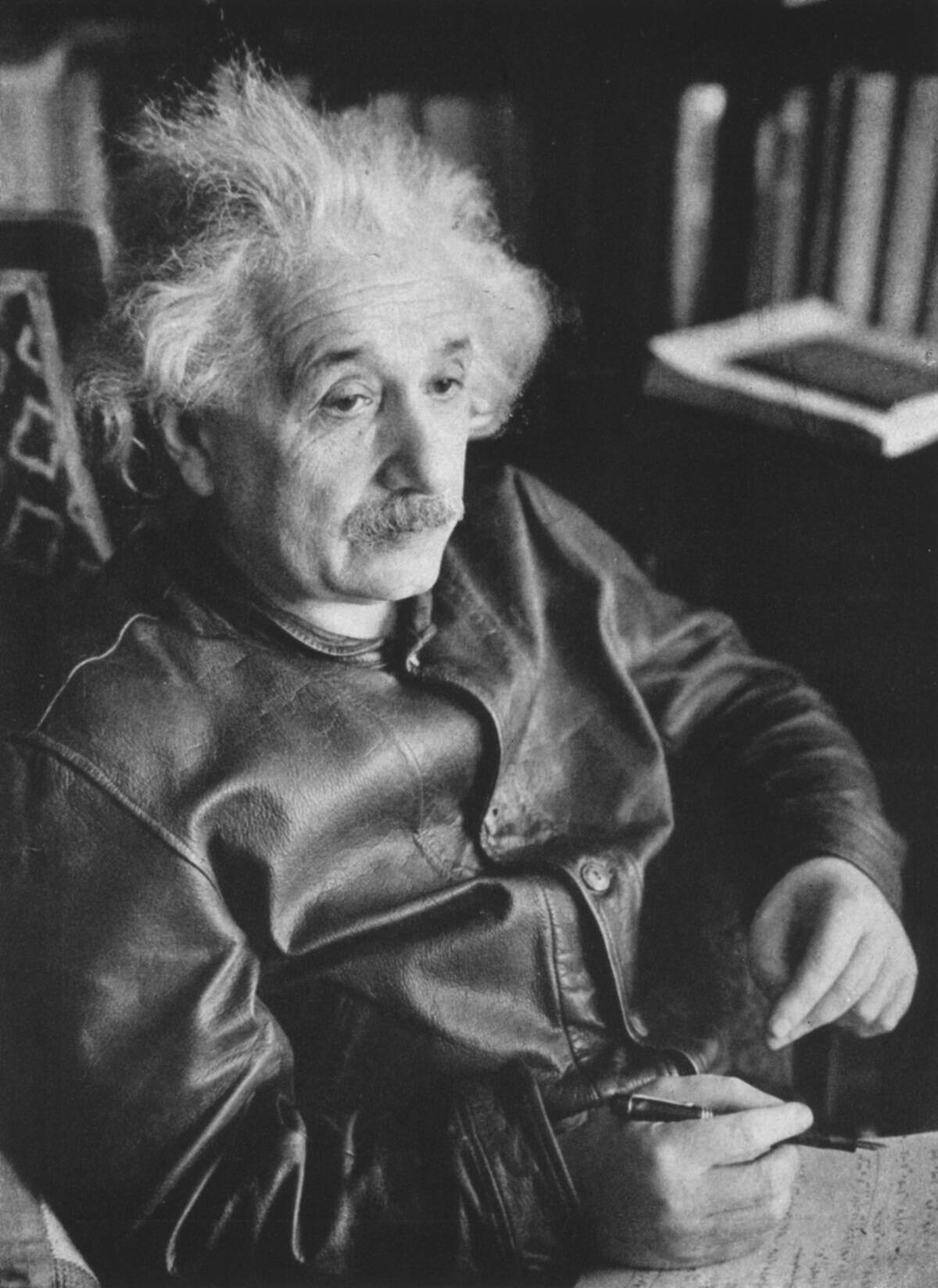
A. Neils Bohr
B. Albert Einstein
C. Max Planck
D. Ernest Rutherford
Answer: Albert Einstein
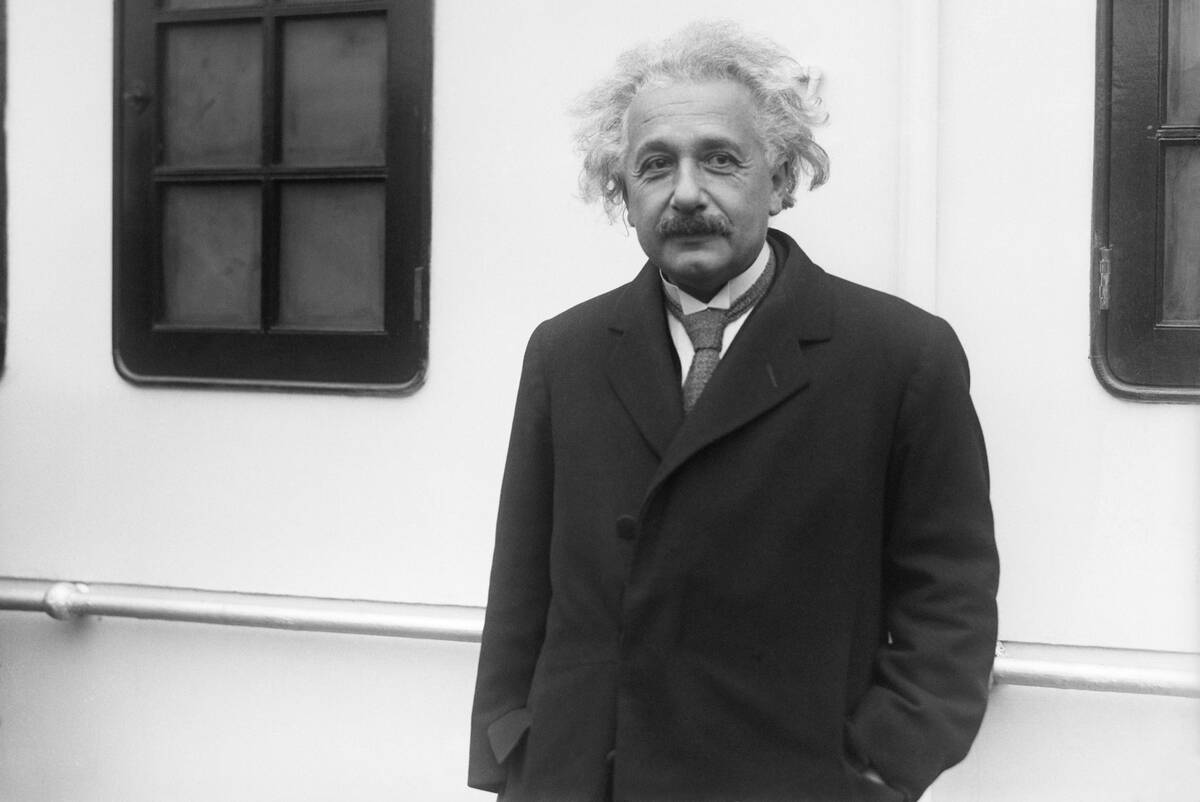
Widely considered one of the greatest and most influential scientists of all time, Albert Einstein changed how the world looked at physics by developing the general and special theories of relativity.
What were the names of the first astronauts on the Moon?
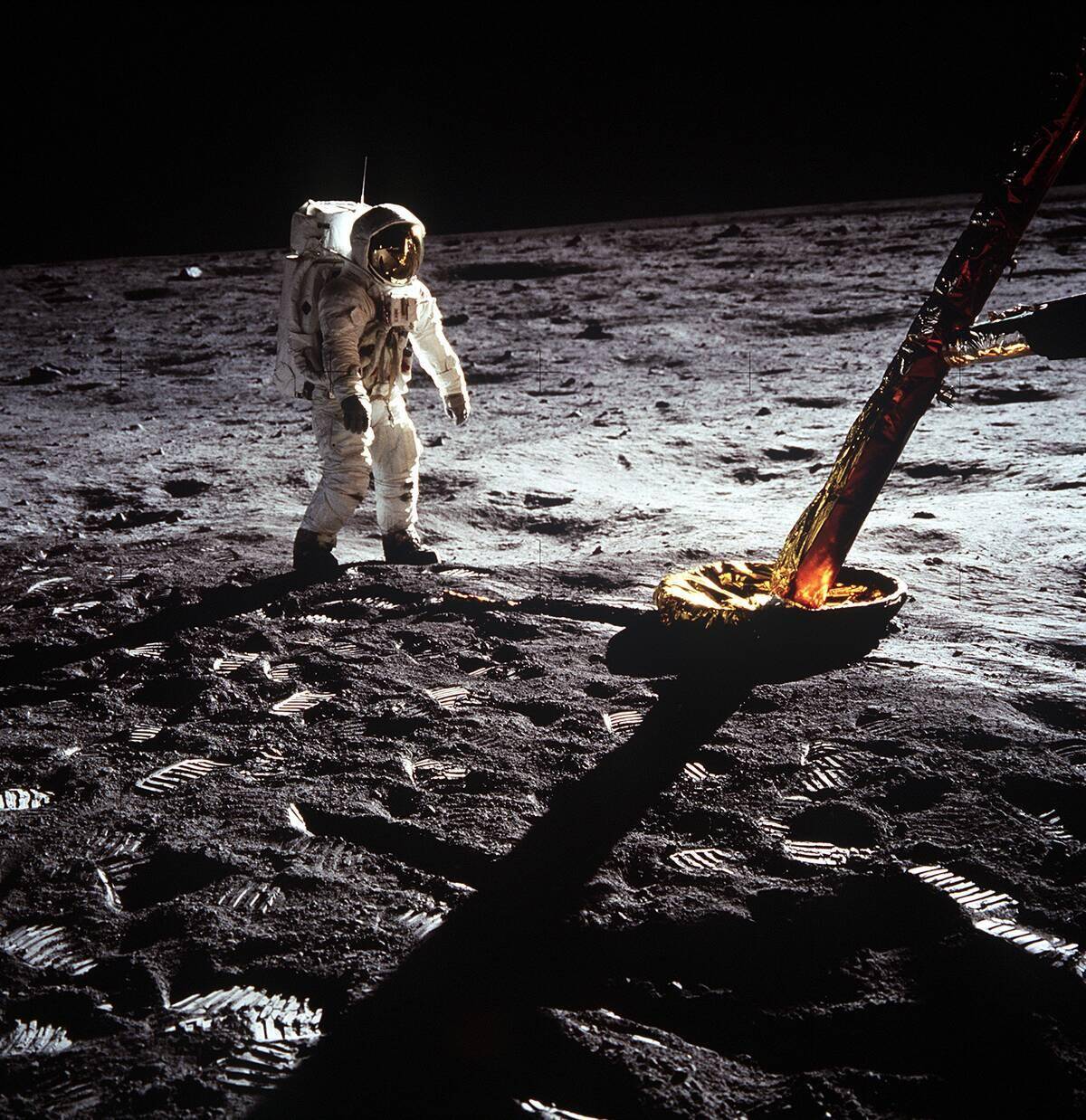
A. Michael Collins and John Glenn
B. Yuri Gagarin and Valentina Tereshkova
C. Alan Shephard and Walter Cunningham
D. Neil Armstrong and Edwin E. “Buzz” Aldrin Jr.
Answer: Neil Armstrong and Edwin E. “Buzz” Aldrin Jr.
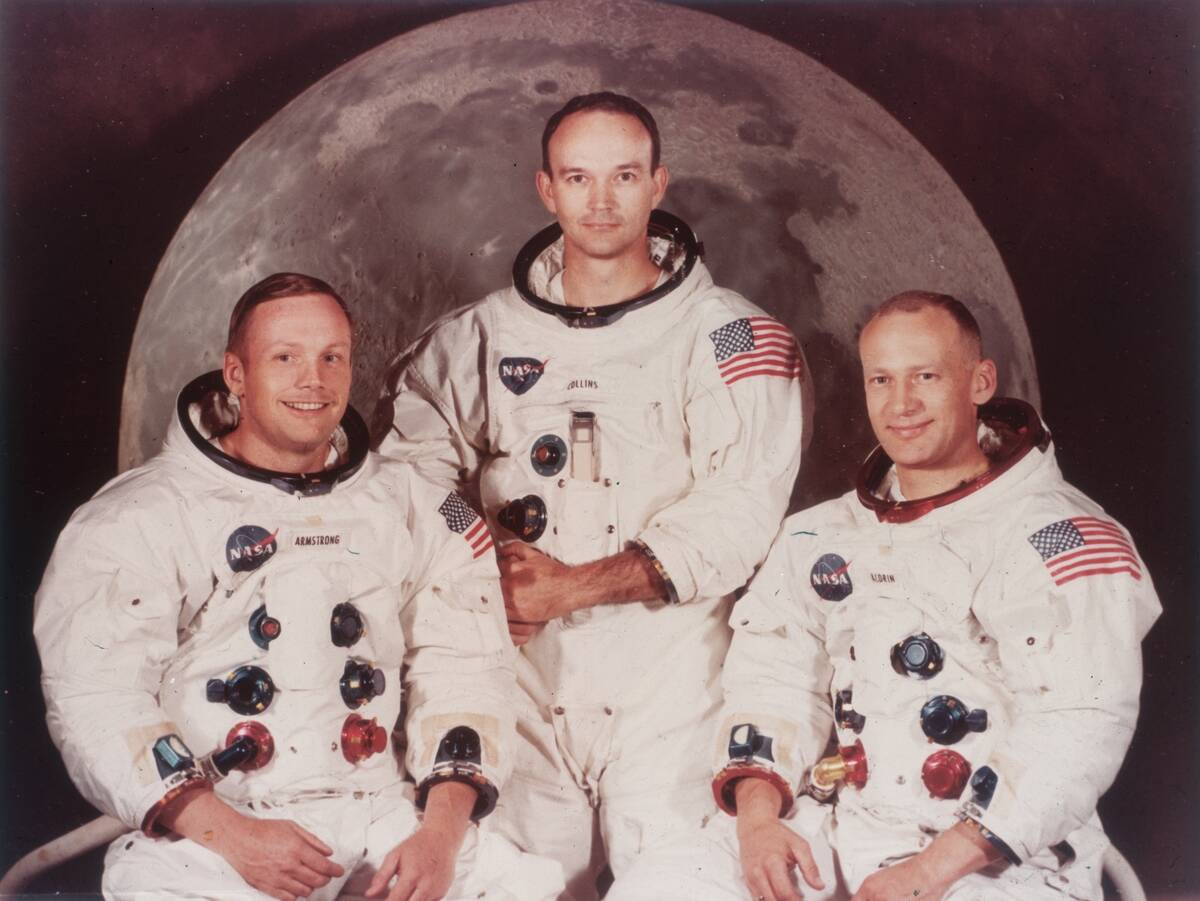
Although Michael Collins joined Neil Armstrong and Buzz Aldrin during their Apollo 11 mission to the Moon, only the latter two were actually able to set foot on its surface. According to NASA, Collins instead circled the Moon in the command module Columbia so the others could make it back home.
What was the first National Park in the United States?
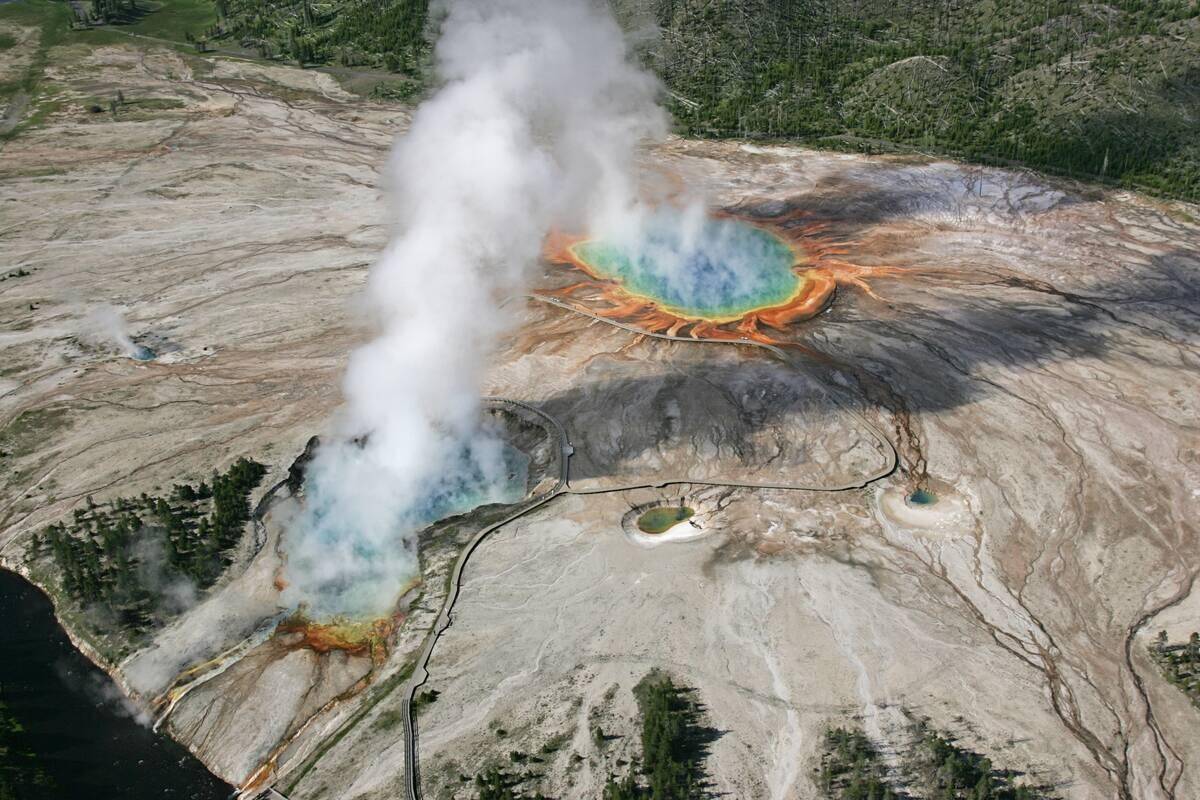
A. Yellowstone
B. Zion
C. Yosemite
D. Hot Springs
Answer: Yellowstone
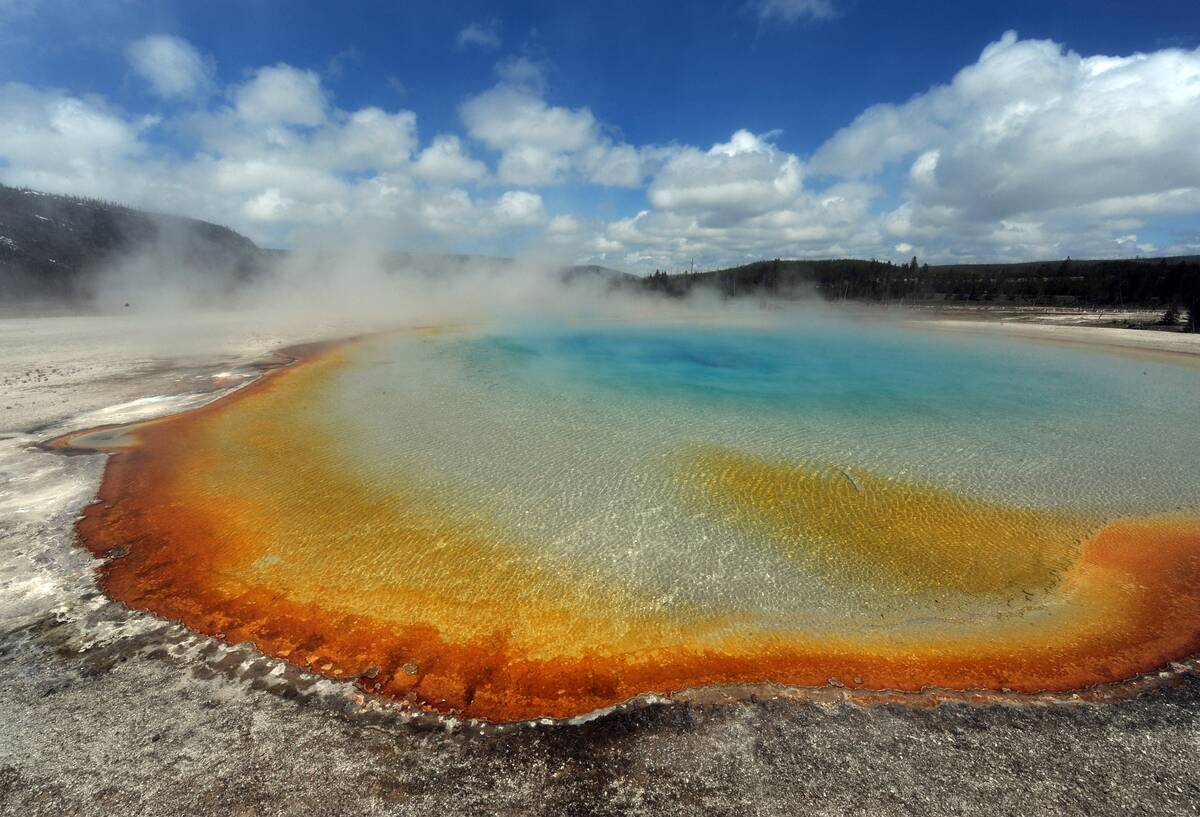
According to the National Park Service, a series of surveying expeditions in the years leading up to 1871 convinced Congress that the natural wonders of Yellowstone were too beautiful and culturally significant to risk turning the land over to private owners. By the following year, President Ulysses S. Grant would sign the Yellowstone National Park Protection Act into law.
What was the Underground Railroad?
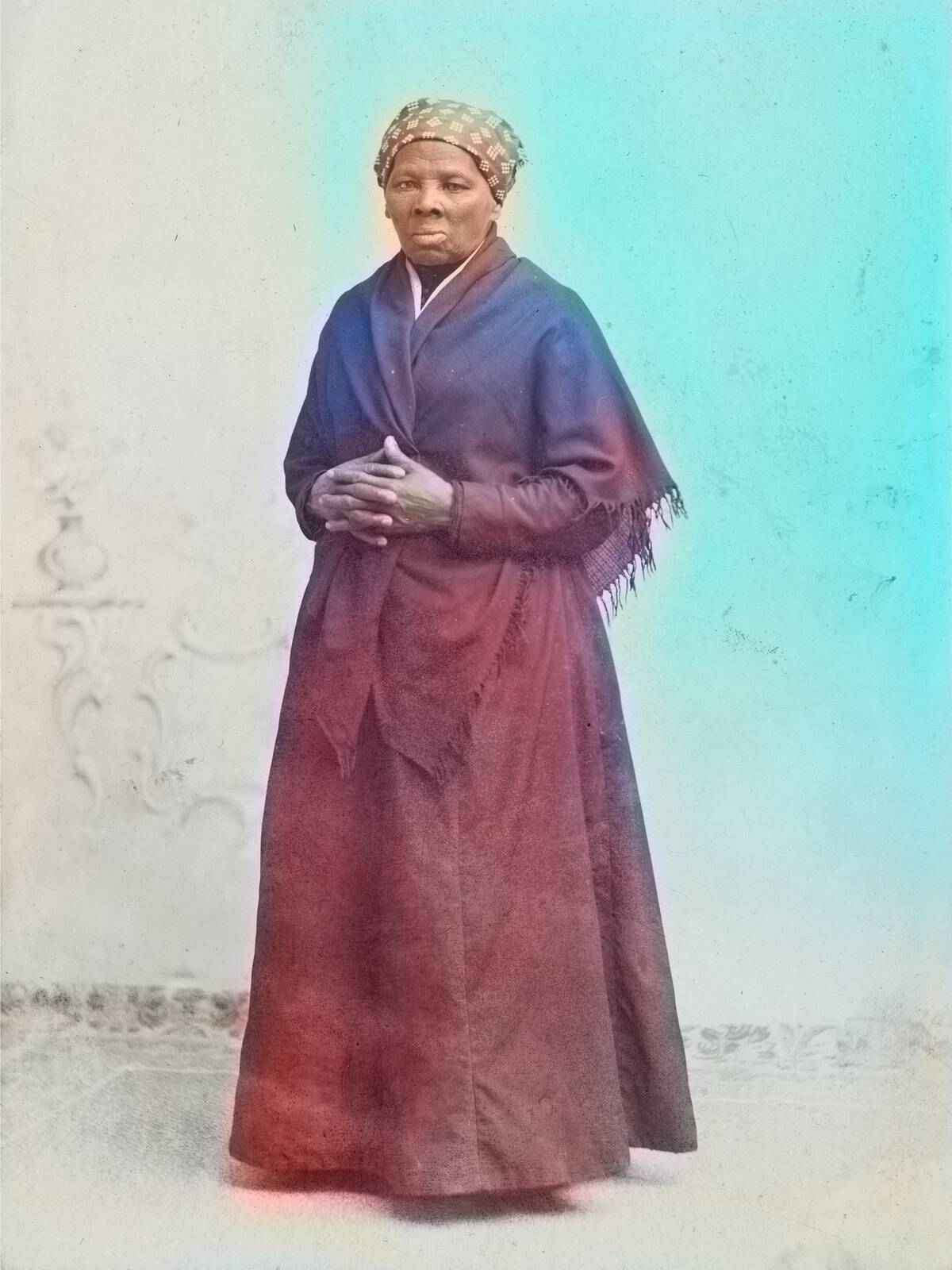
A. A rail line that required a tunnel through the Rocky Mountains to run
B. An actual secret railroad
C. A series of safehouses and allies
D. A map of secret speakeasies during Prohibition
Answer: A series of safehouses and allies

According to the National Park Service, many people who escaped slavery in the southern United States did so on their own, but that became more difficult with the passage of the Fugitive Slave Act in 1850. This necessitated a more organized system of safe passage that involved “conductors” like Harriet Tubman leading escapees to available resources. It was a metaphorical railroad without secret underground trains.
Where did the famously rebellious “tea party” take place?
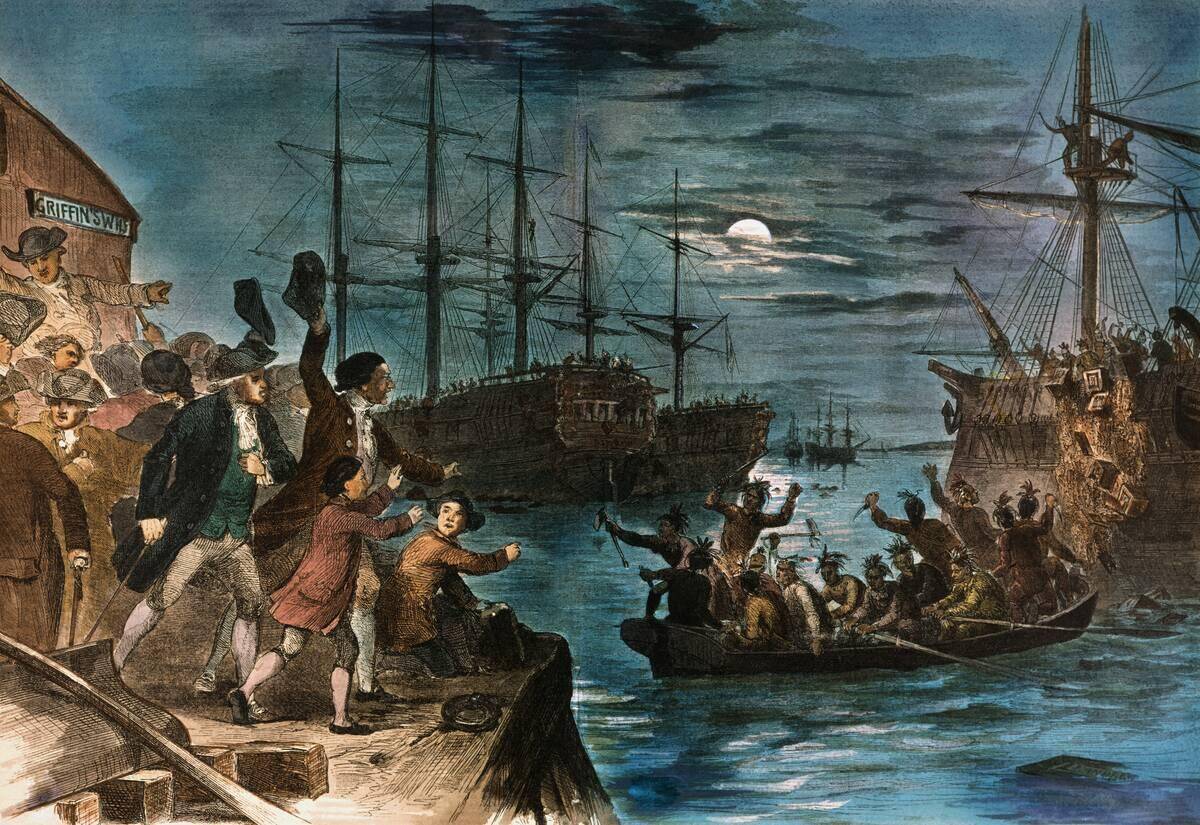
A. Philadelphia
B. Richmond
C. New York City
D. Boston
Answer: Boston
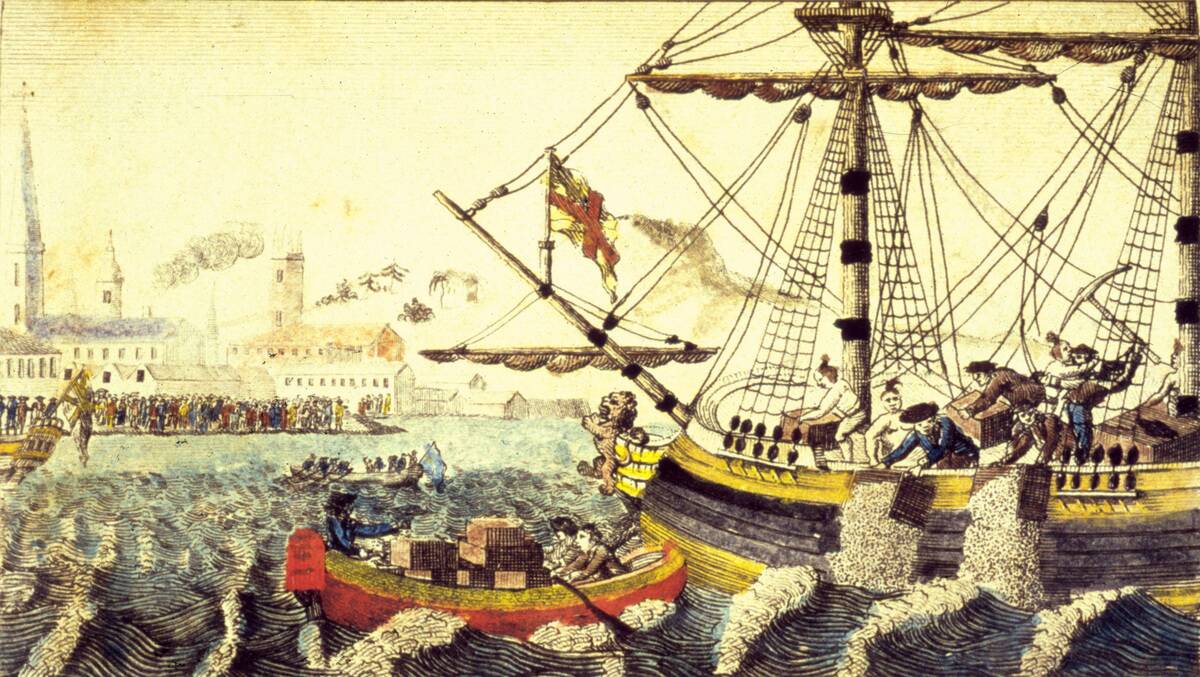
Although it wasn’t the only commodity that American colonists believed they were being unfairly taxed on, the tea duties levied by the British Crown became outrageous enough to Americans by 1773 that a massive protest was planned in Boston. According to the Massachusetts Historical Society, between 30 and 60 men dumped a total of 342 chests of tea into the Boston Harbor.
Why do many Americans dread April 15?
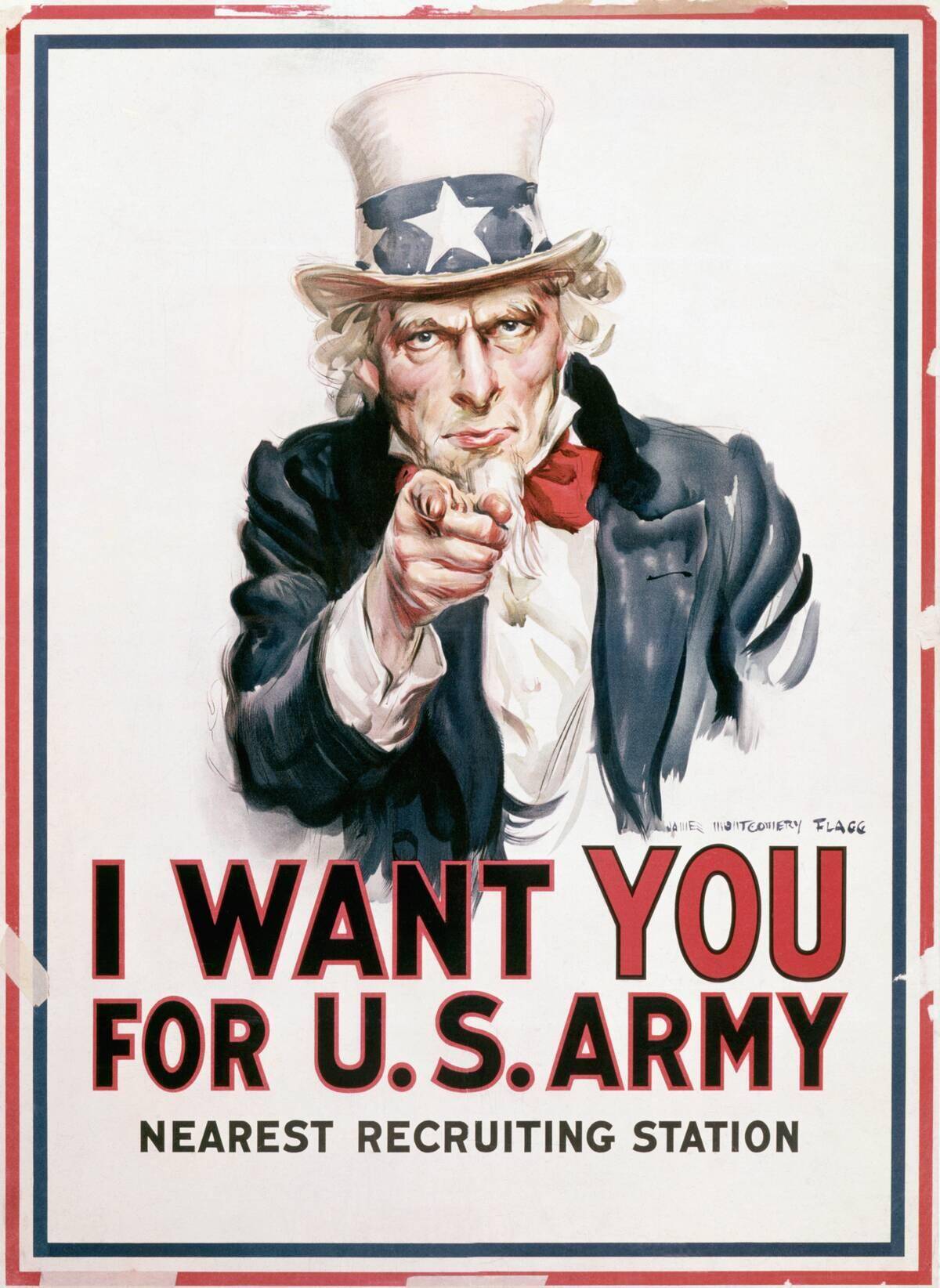
A. It was the day Abraham Lincoln died
B. It was the day the Titanic sunk
C. It’s the federal deadline for filing annual income tax returns
D. It was the day of the Pearl Harbor attack
Answer: It’s the federal deadline for filing annual income tax returns
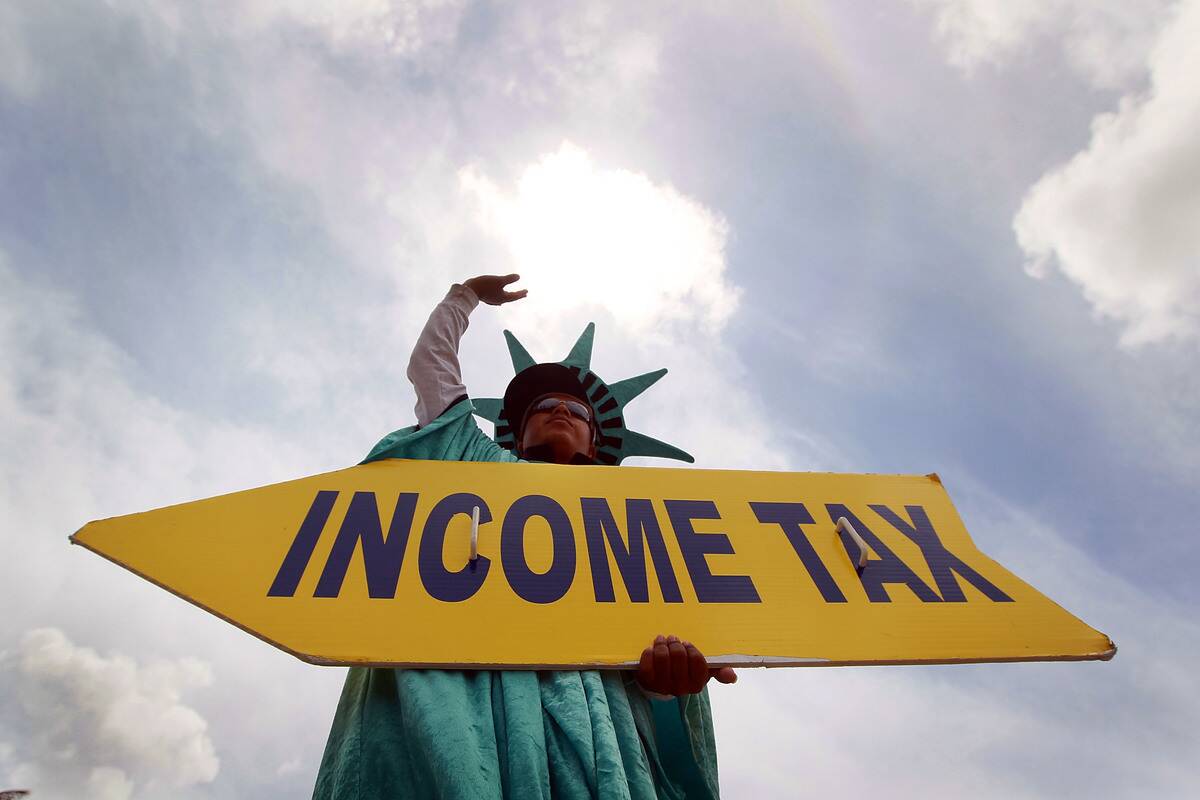
Although AL.com noted that April 15 was indeed the day that both Abraham Lincoln and the victims of the Titanic disaster passed away, that fact is less well-known among Americans than the income tax deadline. However, the rare exception to that deadline occurs if April 15th falls on Emancipation Day, at which point Tax Day is usually moved to April 18.
Who wrote the Declaration of Independence?
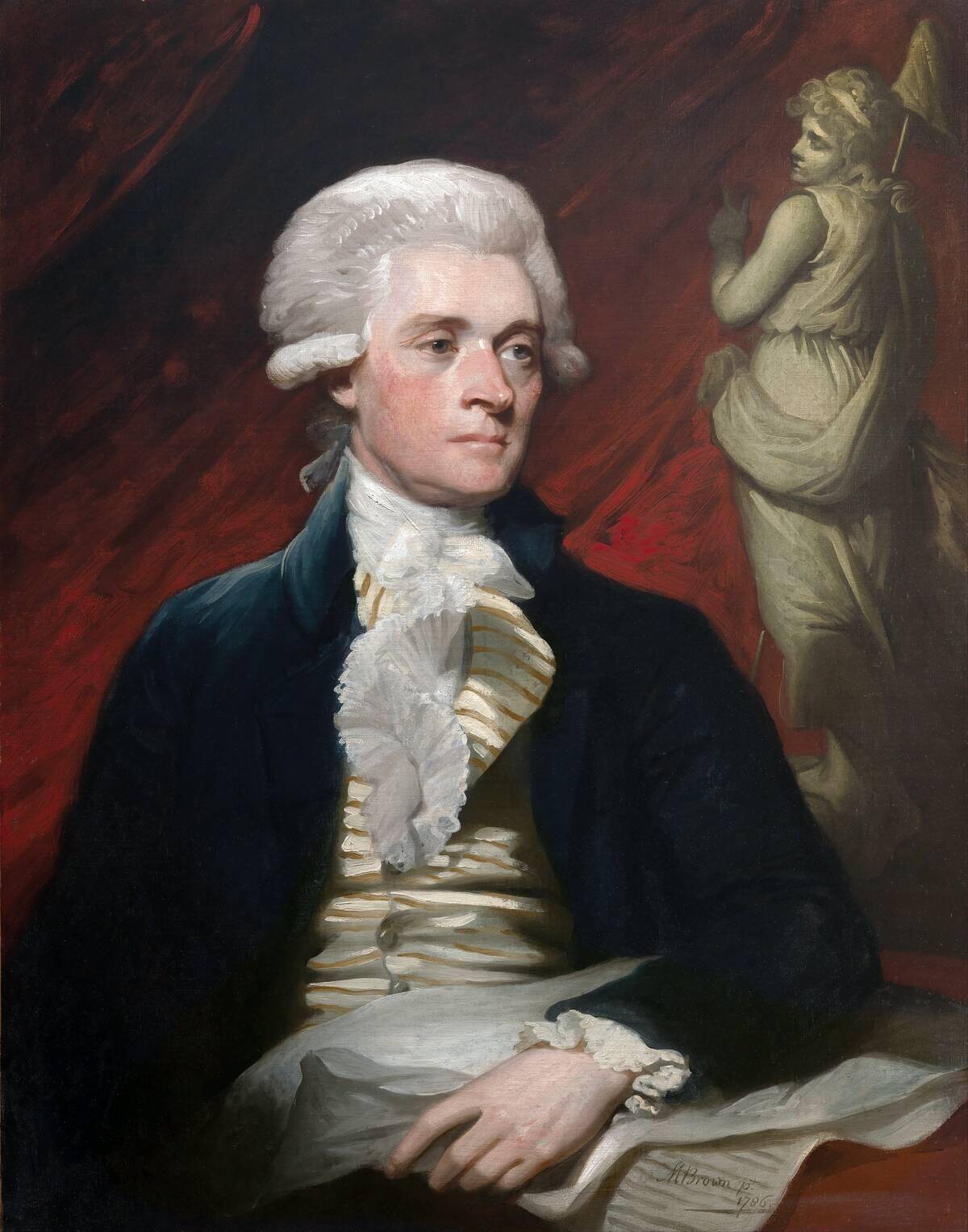
A. Thomas Jefferson
B. Benjamin Franklin
C. George Washington
D. Richard Henry Lee
Answer: Thomas Jefferson
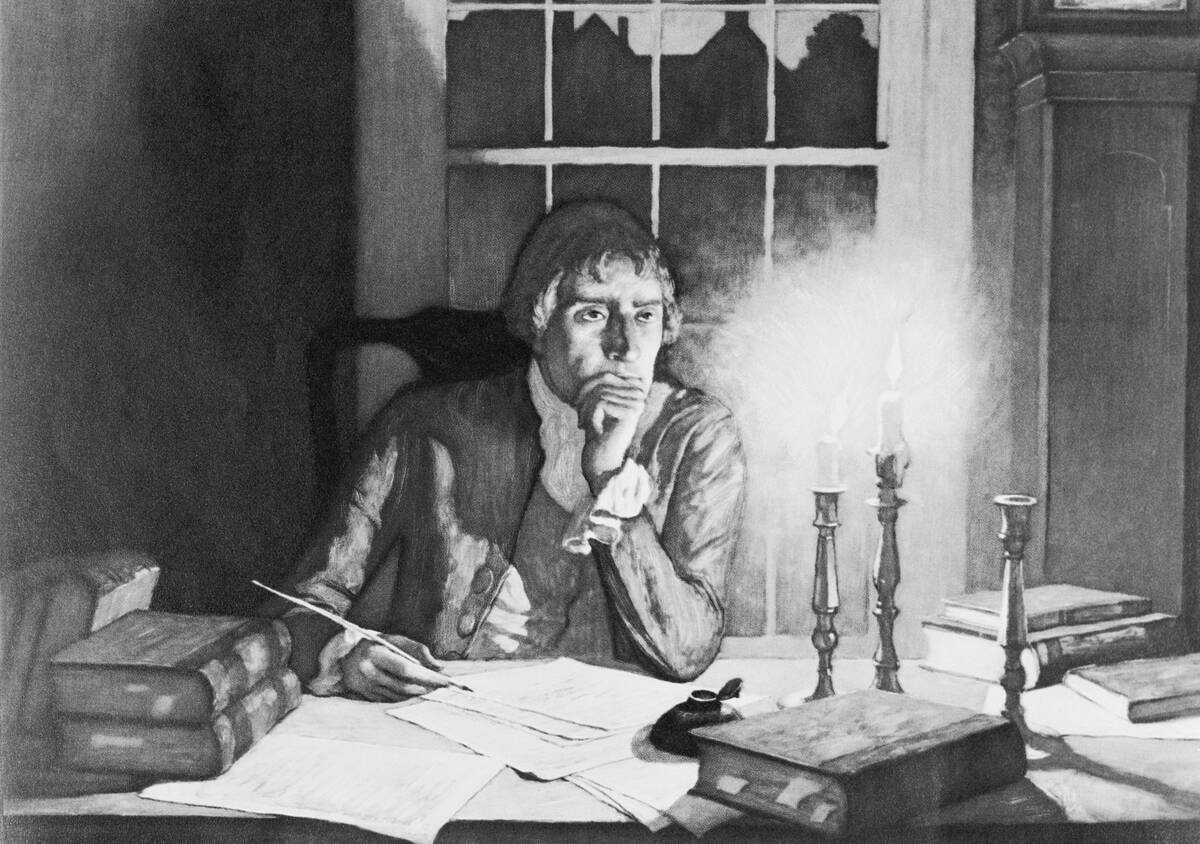
According to the National Archives, Thomas Jefferson started writing the Declaration of Independence in a Philadelphia boarding house on June 11, 1776 and presented his first draft to the Continental Congress less than three weeks later. However, he felt his colleagues “mangled” his words in their subsequent revisions, that compromised draft has nonetheless echoed through the ages.
When did Congress limit presidential terms to two per person?
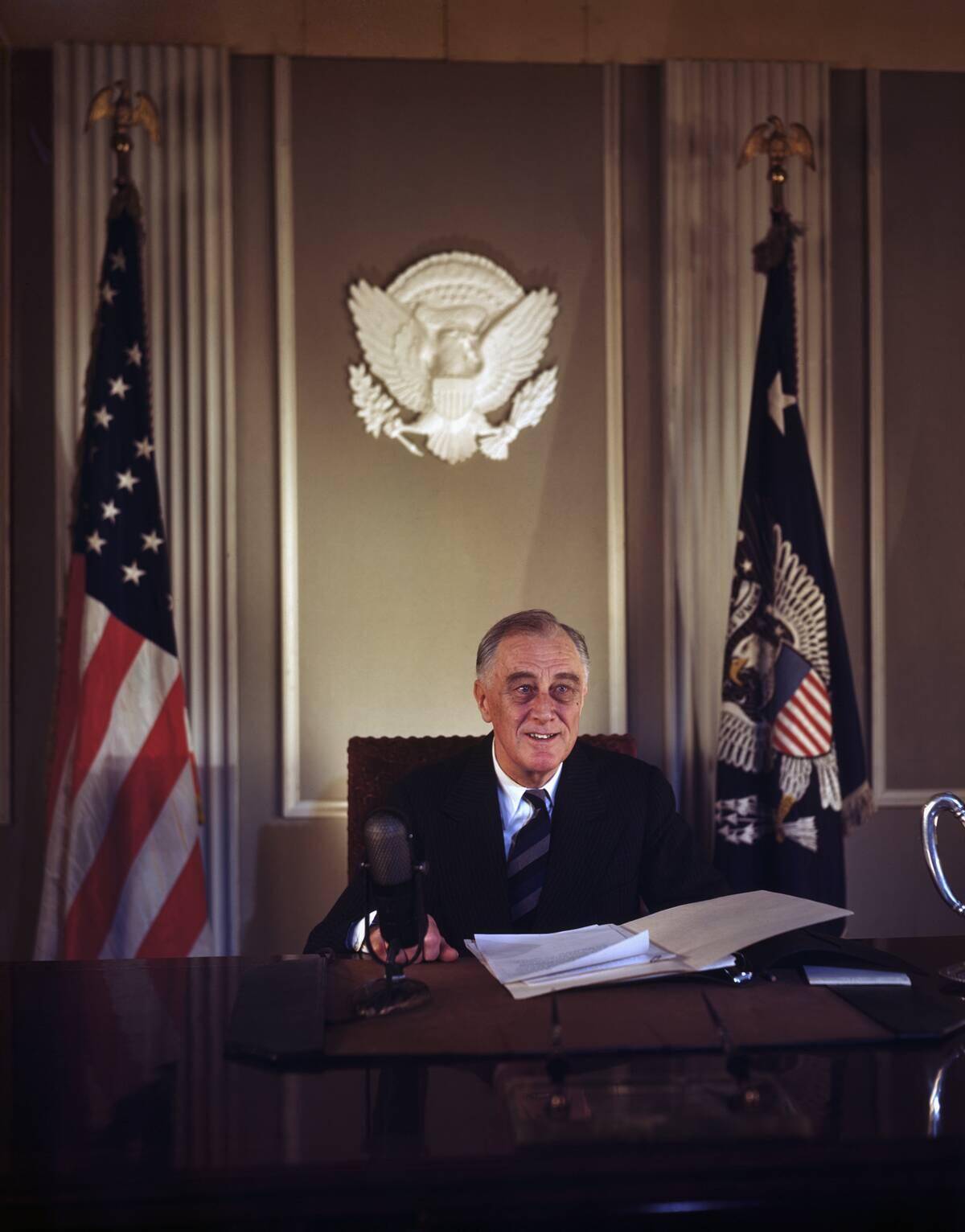
A. 1951
B. 1799
C. 1912
D. 1880
Answer: 1951
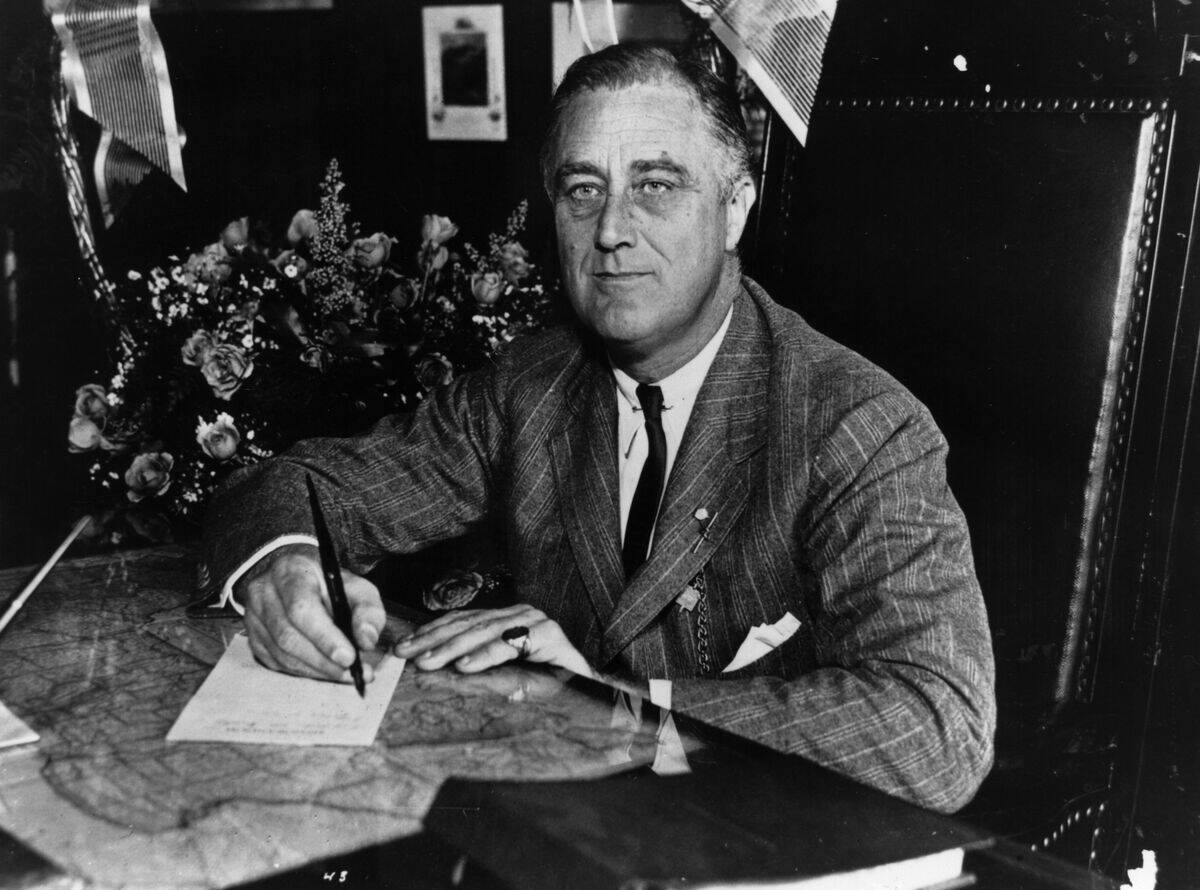
According to the National Constitution Center, presidents had historically avoided seeking a third term due to George Washington’s decision to limit his own presidency to two terms. But while he wasn’t the first to try, Franklin Delano Roosevelt’s success at securing a third and fourth term prompted a Republican-controlled Congress to propose a constitutional amendment limiting presidential terms to two in the late 1940s. This 22nd Amendment was ratified on February 27, 1951.
What was the ship from Charles Darwin’s famous voyage?
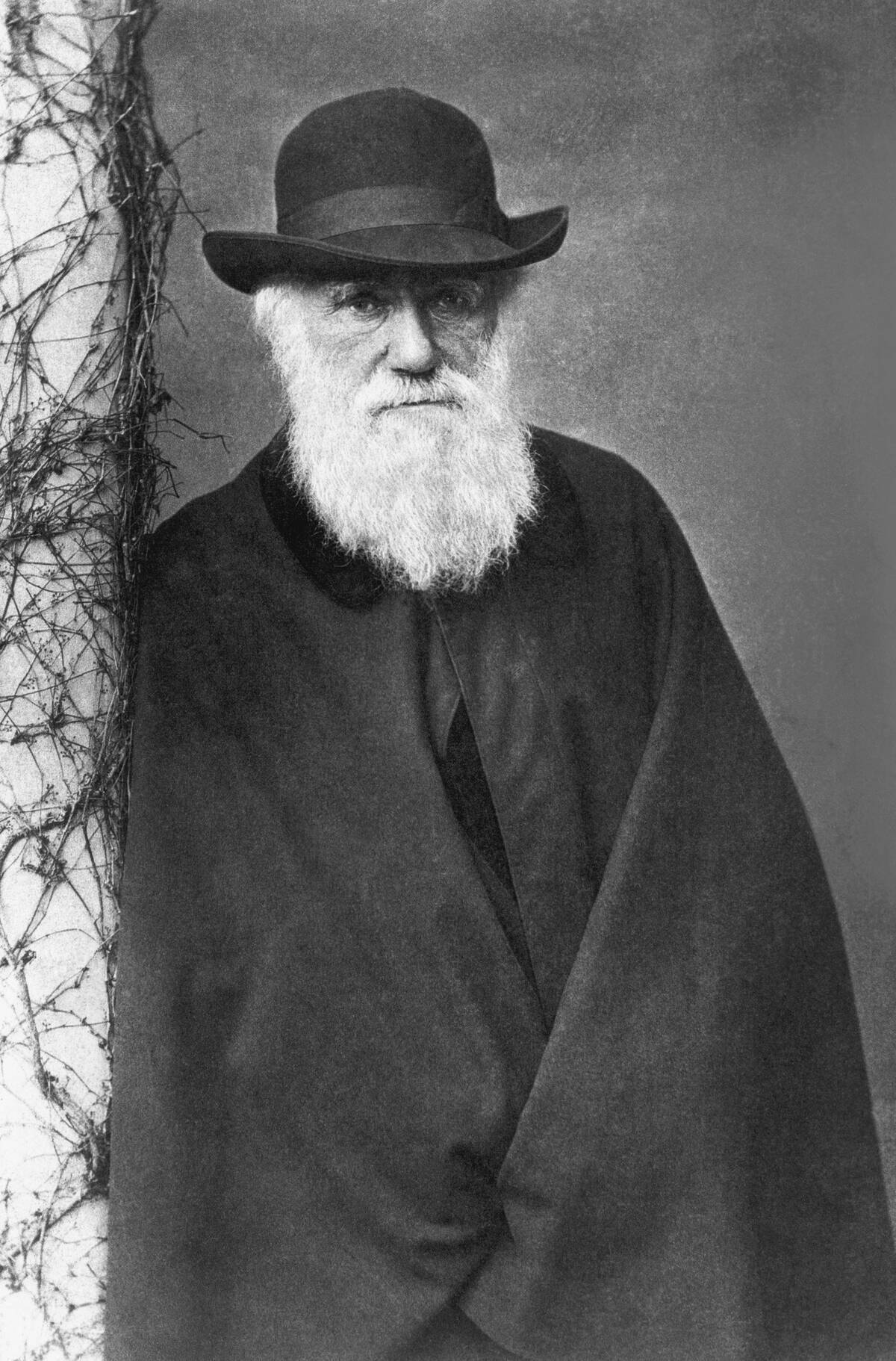
A. Discovery
B. Cutty Sark
C. Fancy
D. Beagle
Answer: Beagle
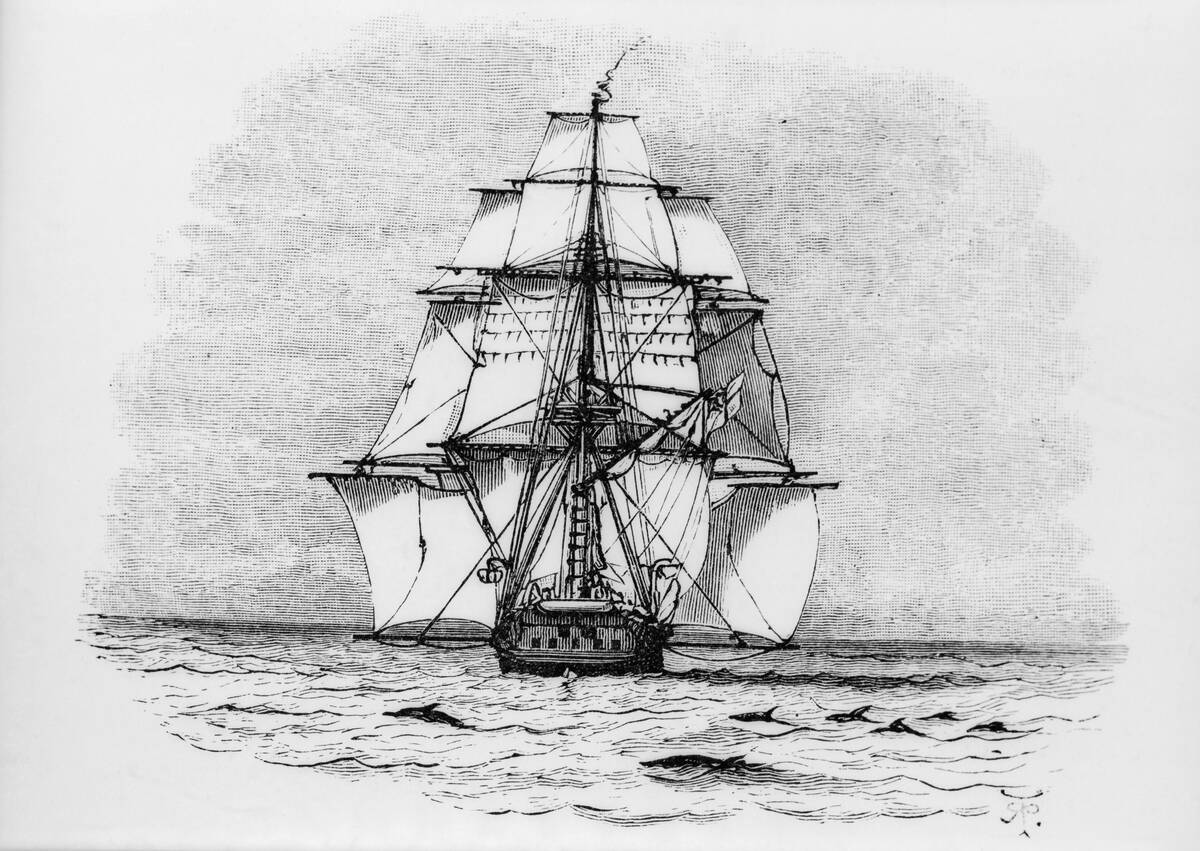
According to the American Museum of Natural History, Charles Darwin’s trip around the world as a naturalist aboard the Beagle not only did wonders for his reputation but enriched the world at large. Because what he saw throughout that voyage formed the basis for what would become his landmark Theory of Evolution.
Who brought the meat packing assembly line to automobiles?
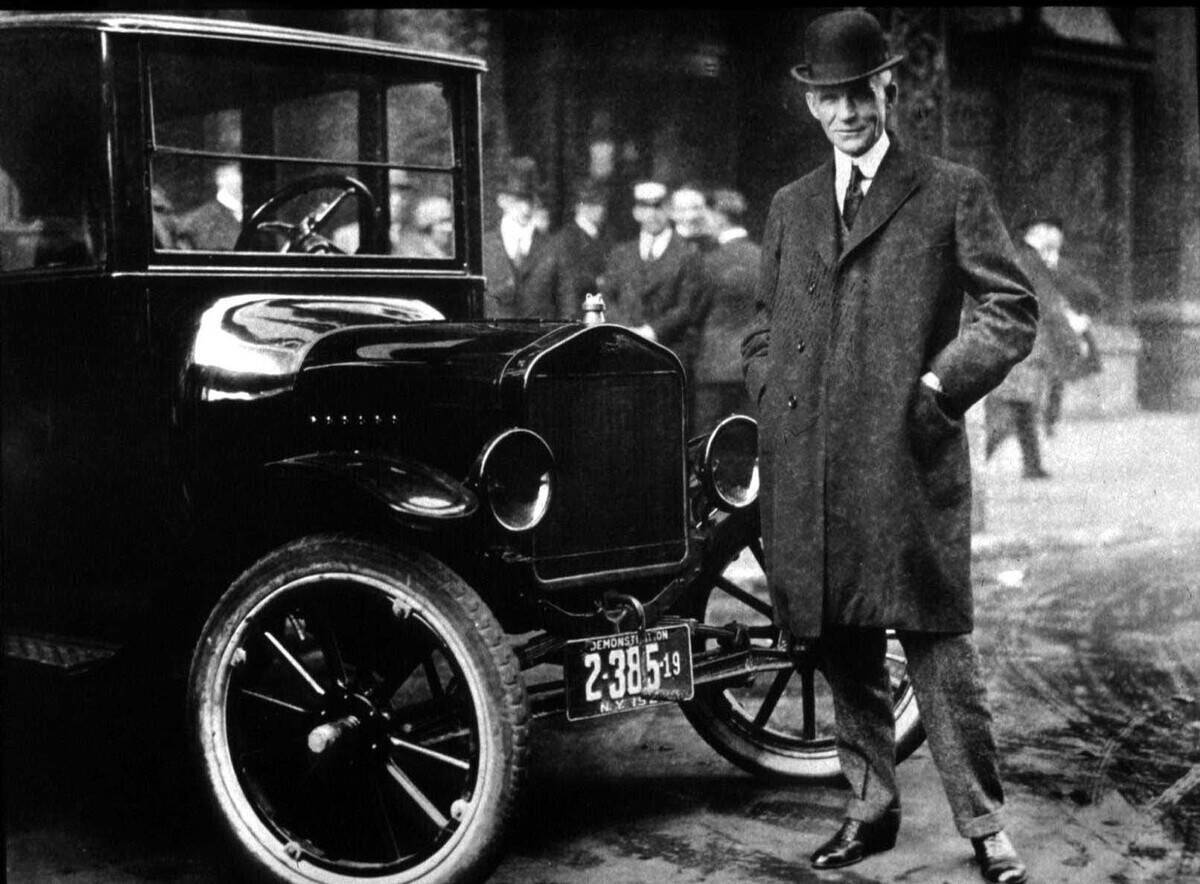
A. Frederic L. Smith
B. Henry Ford
C. Charles Stewart Mott
D. William C. Durant
Answer: Henry Ford
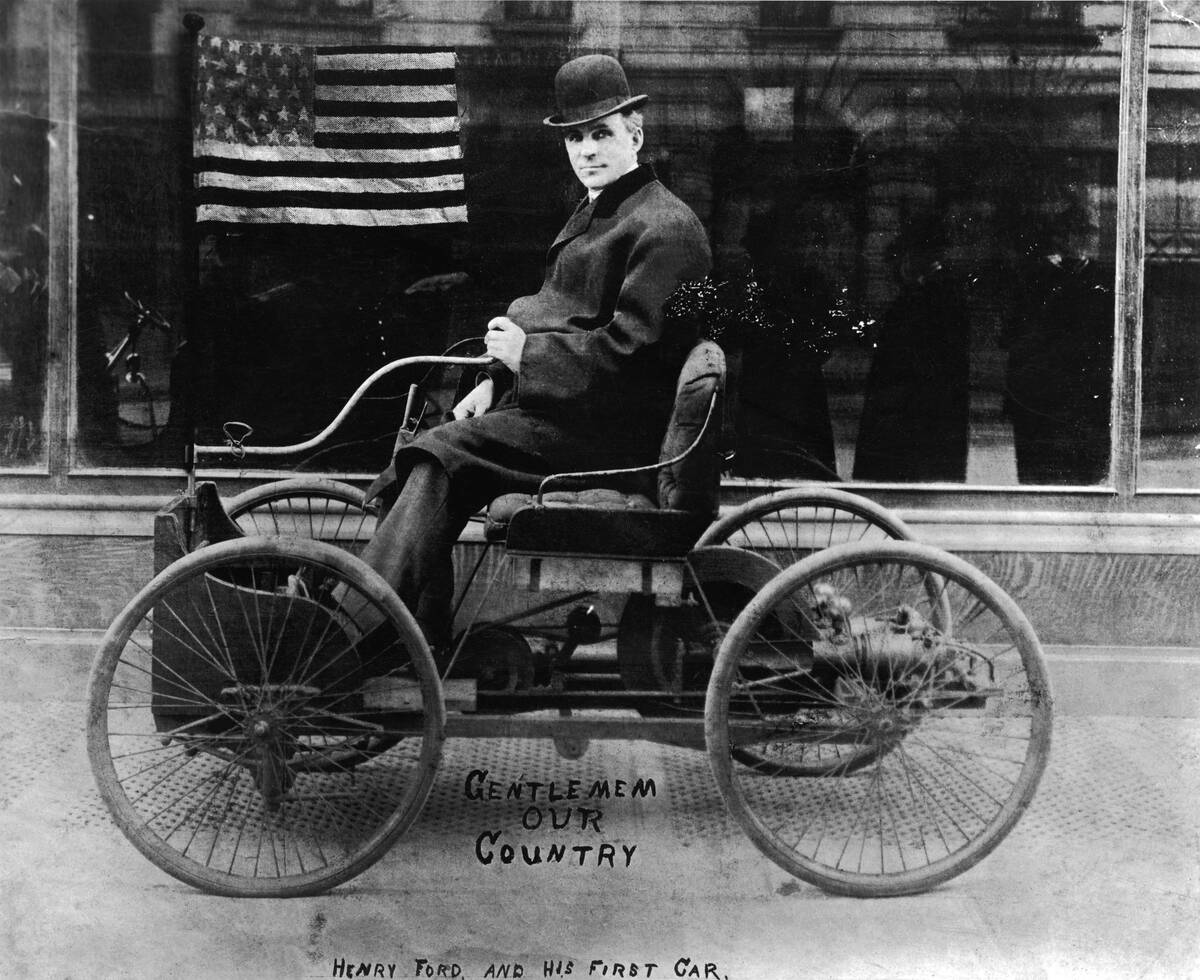
As PBS outlined, Henry Ford’s assembly line strategy to mass produce his famous Model T was inspired by the disassembly line used in meatpacking plants in Chicago. This technique lowered unit costs and allowed Ford to dominate America’s nascent auto market.
Who became South Africa’s first elected president?
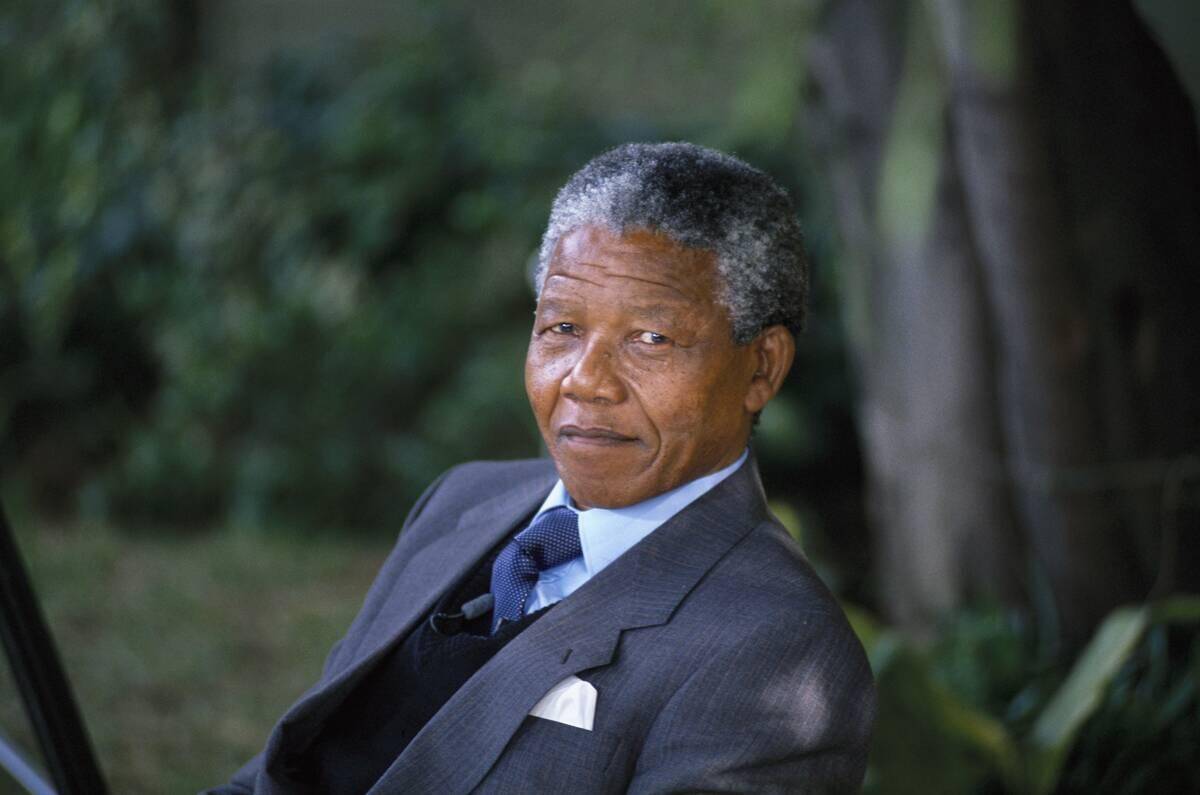
A. Desmond Tutu
B. Thabo Mbeki
C. Kgalema Motlanthe
D. Nelson Mandela
Answer: Nelson Mandela
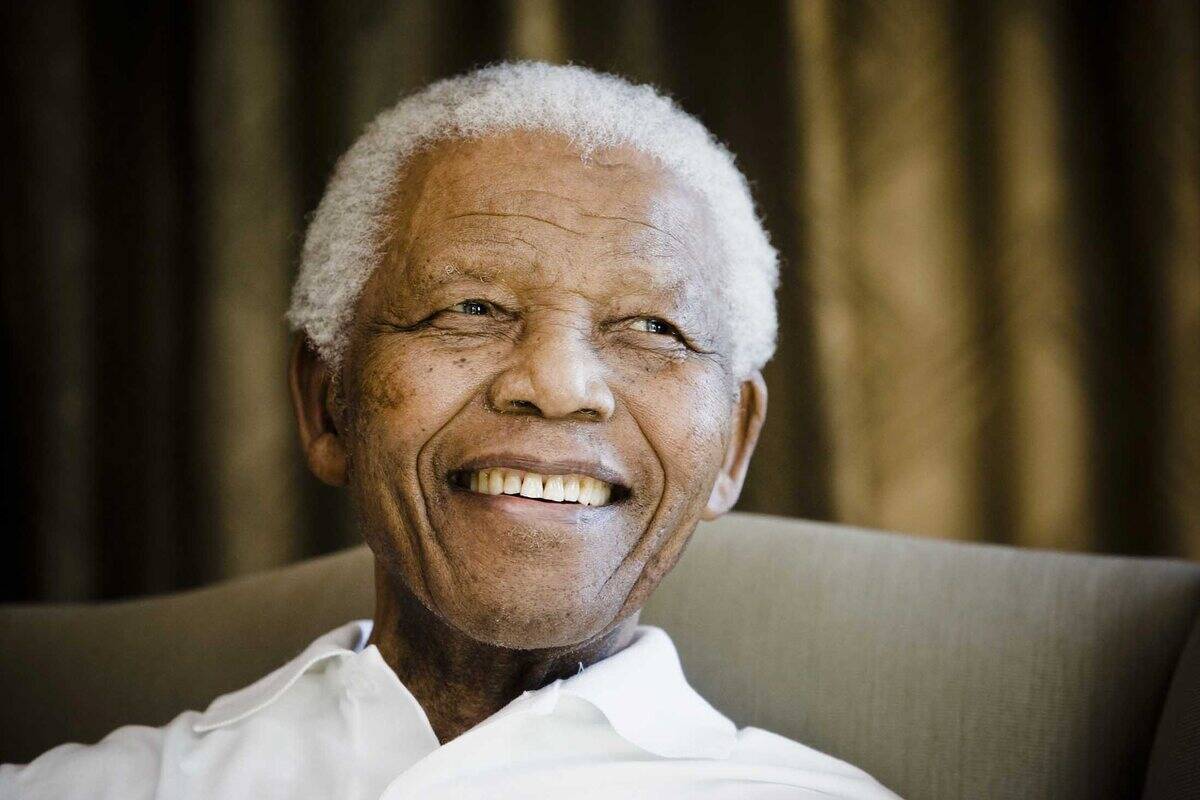
According to a timeline compiled by the United Nations, Nelson Mandela’s resistance against the Apartheid system in South Africa led to his imprisonment for 27 years. Since the strength he showed under the harsh conditions of his incarceration was a major factor in bringing that system to an end, Mandela would end up elected president of the nation just four years after his release. His election also marked the beginning of federal democracy in South Africa.
What was the document limiting the powers of England’s King?
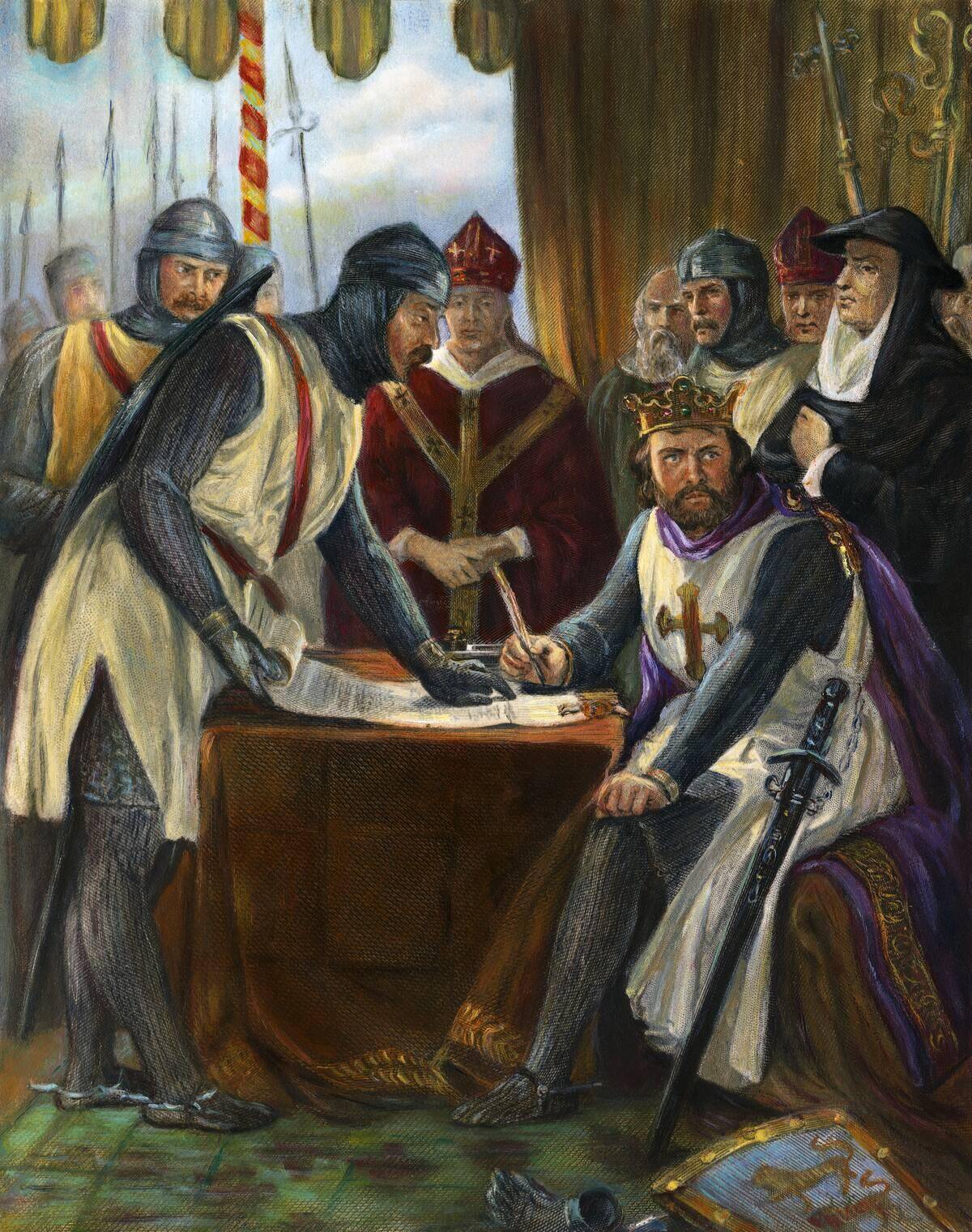
A. Bill Of Rights
B. Magna Carta
C. Justinian’s Code
D. Edict Of Nantes
Answer: Magna Carta
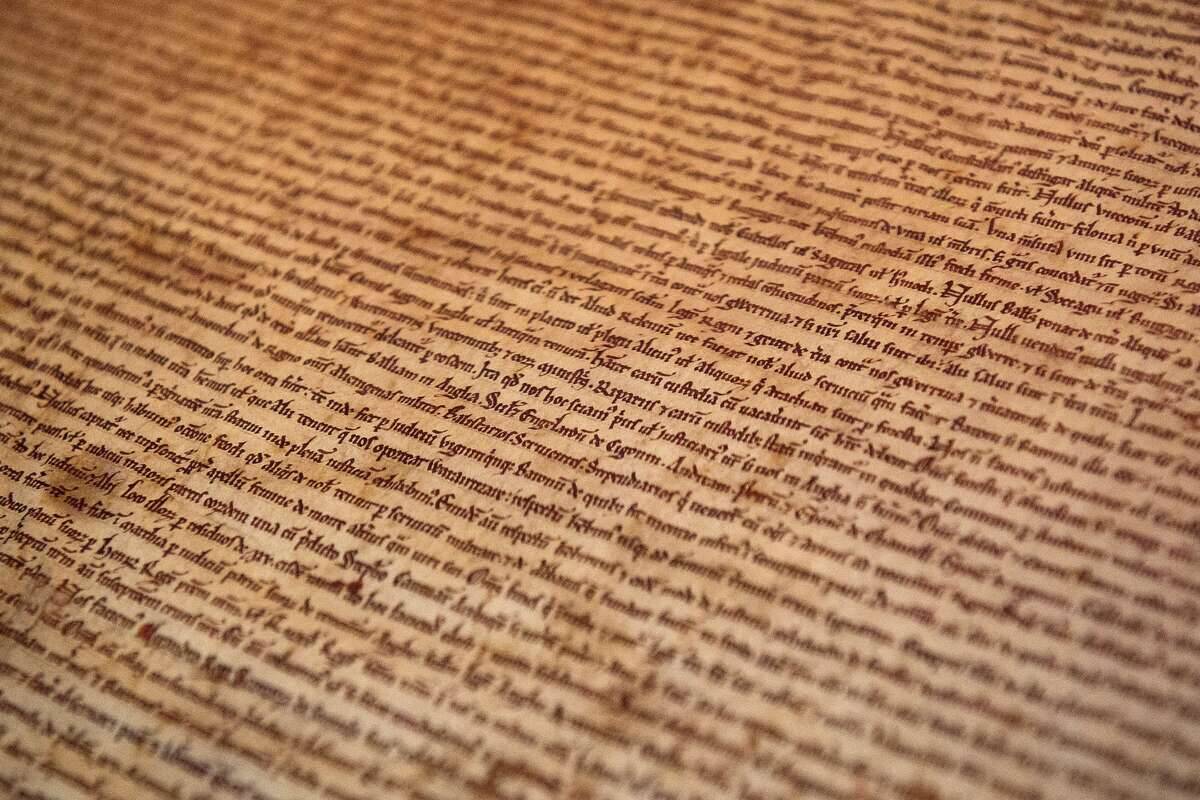
According to the National Archives, King John signed a document written by 40 barons who demanded he respect their rights and property as a departure from his tyrannical track record. Although the signing of the Magna Carta in 1215 was soon nullified by Pope Innocent III and England plunged into civil war anyway, it would inspire similar fights for liberty in the centuries that followed, including the American Revolution.
